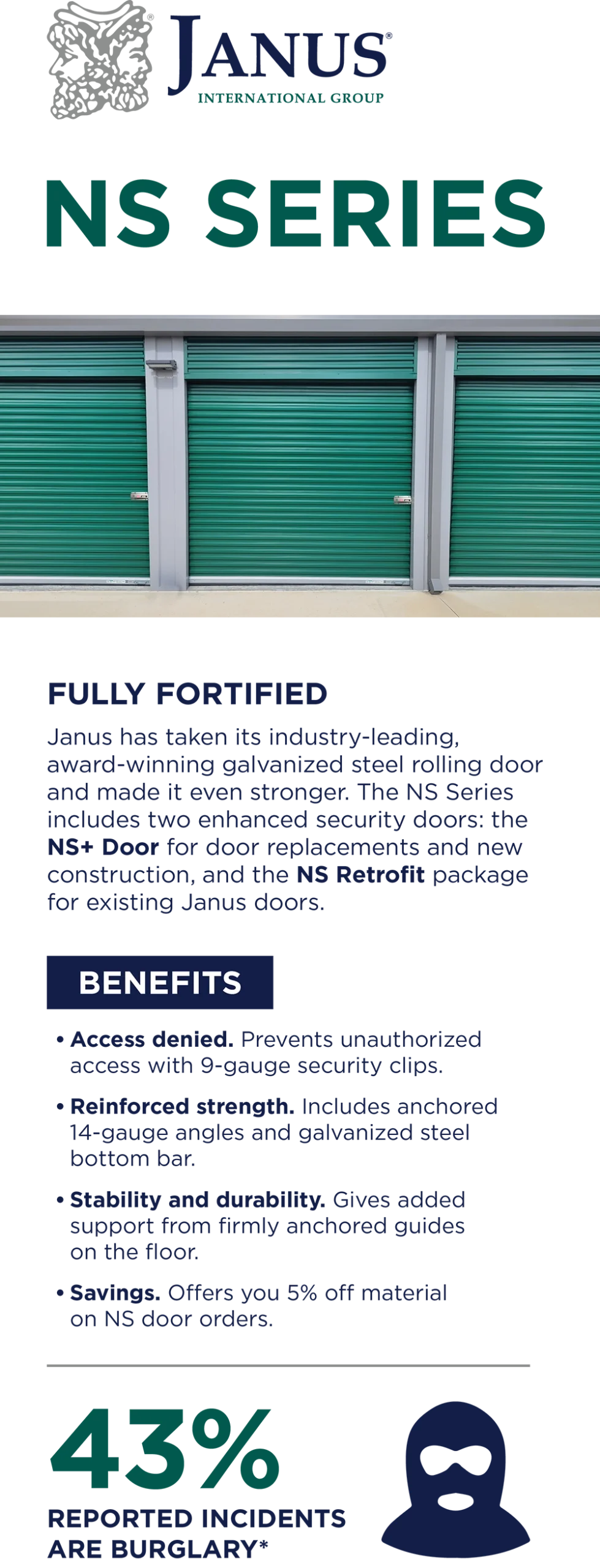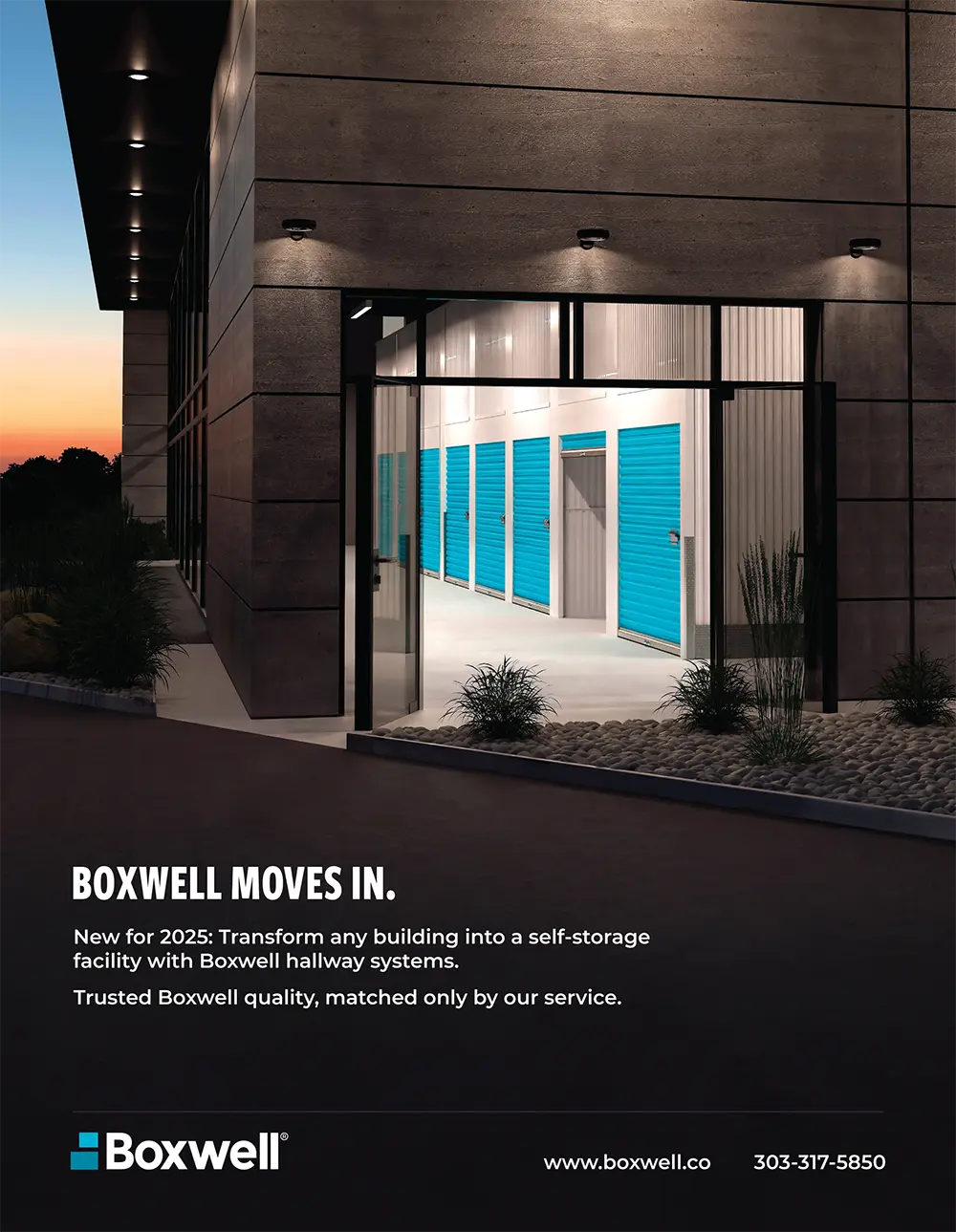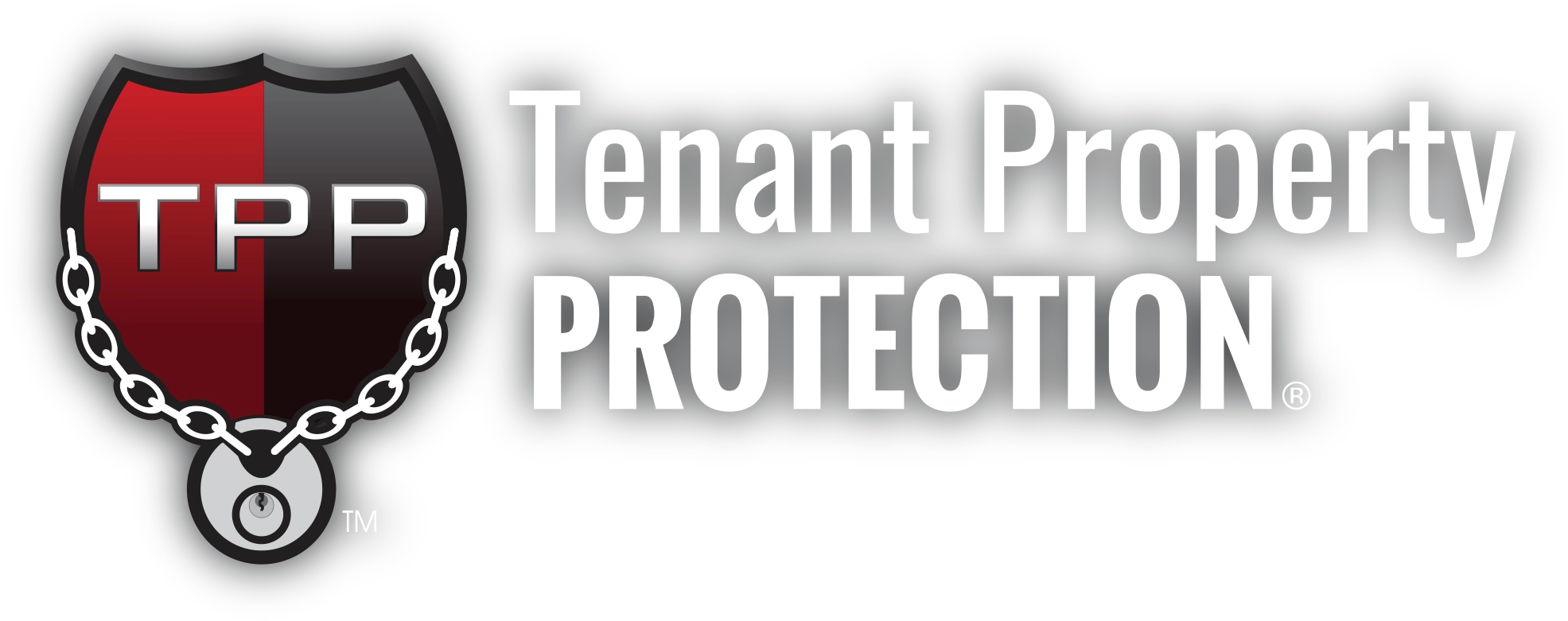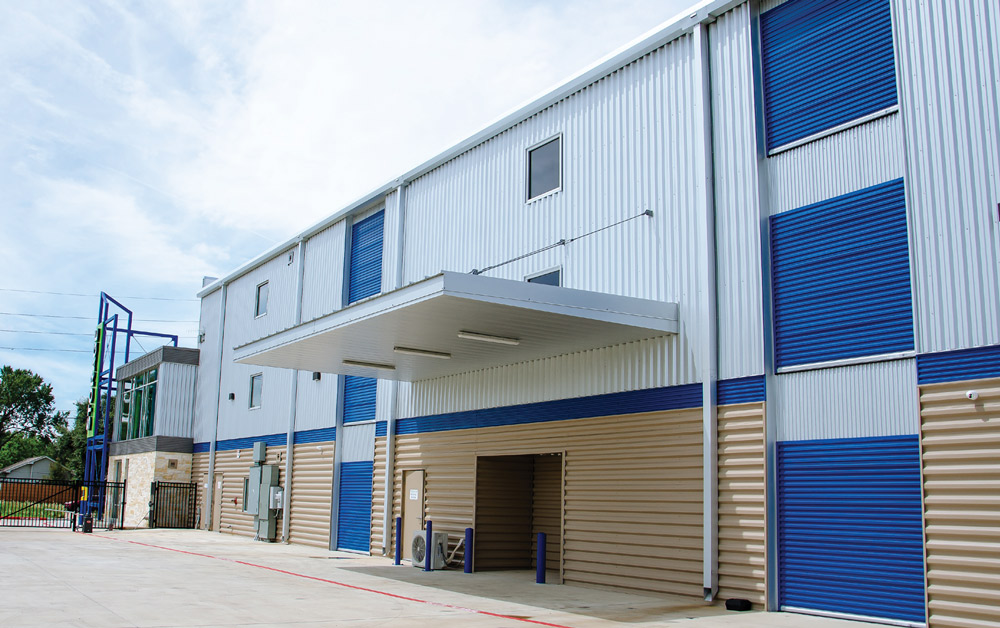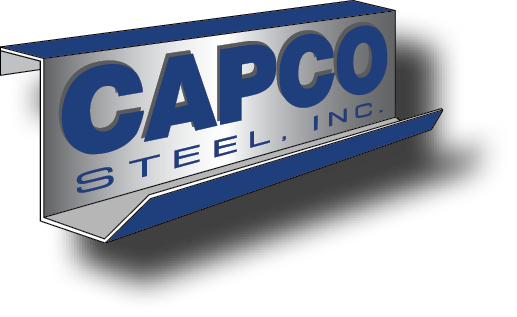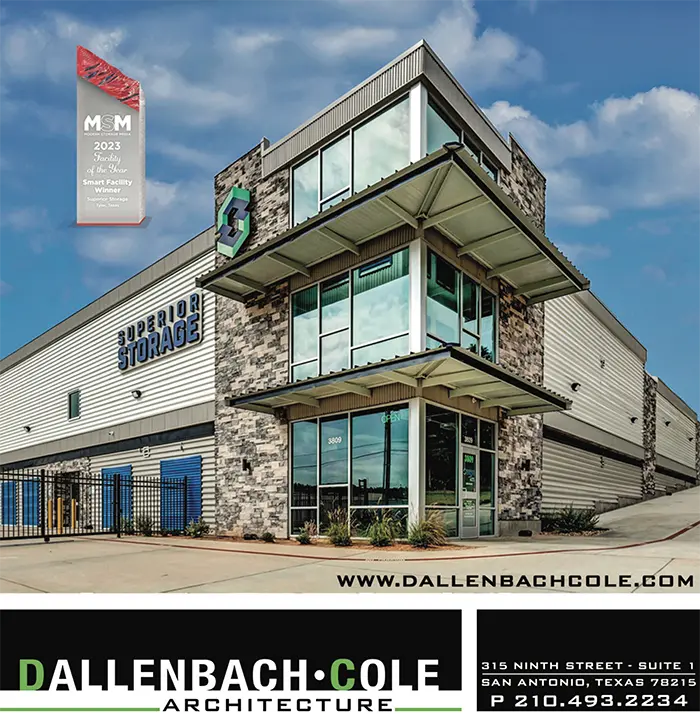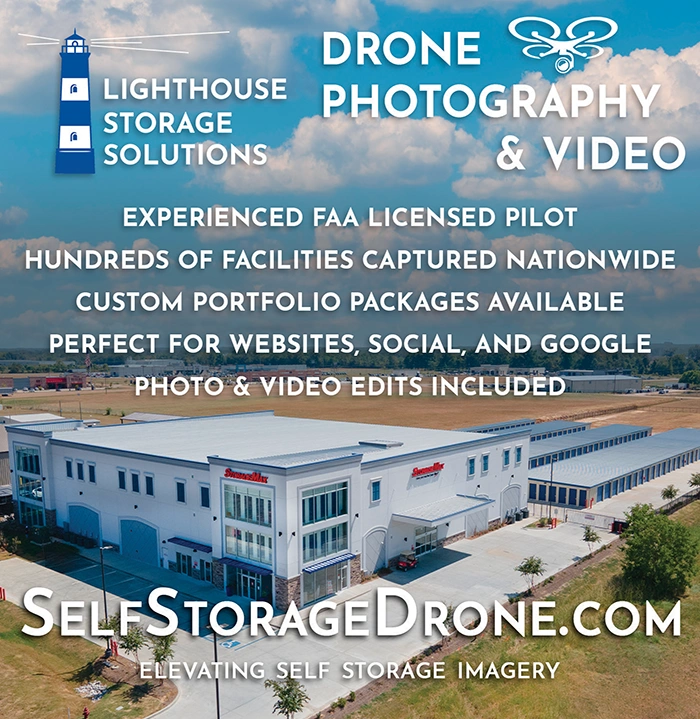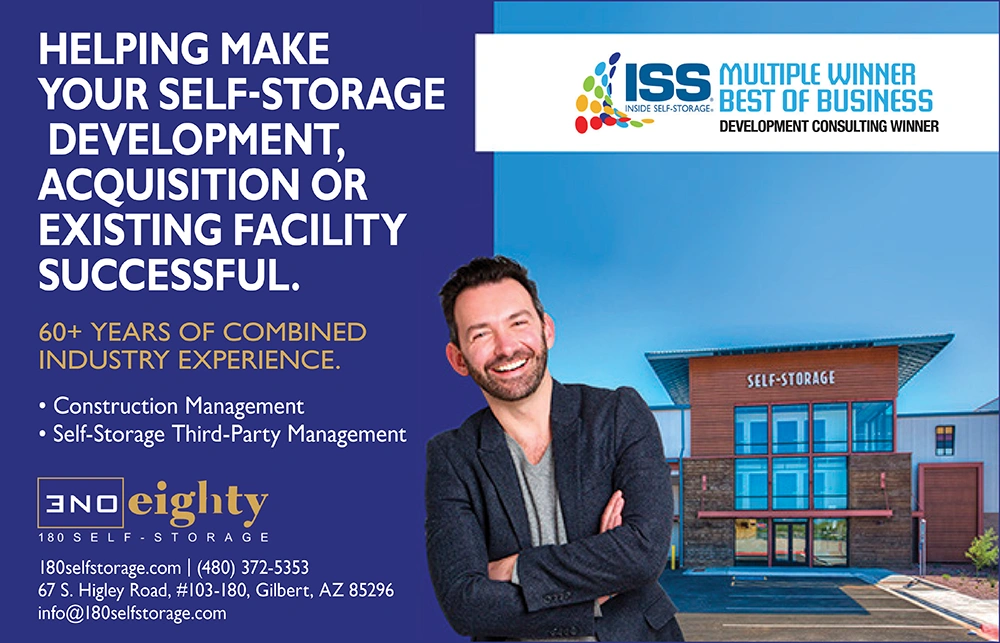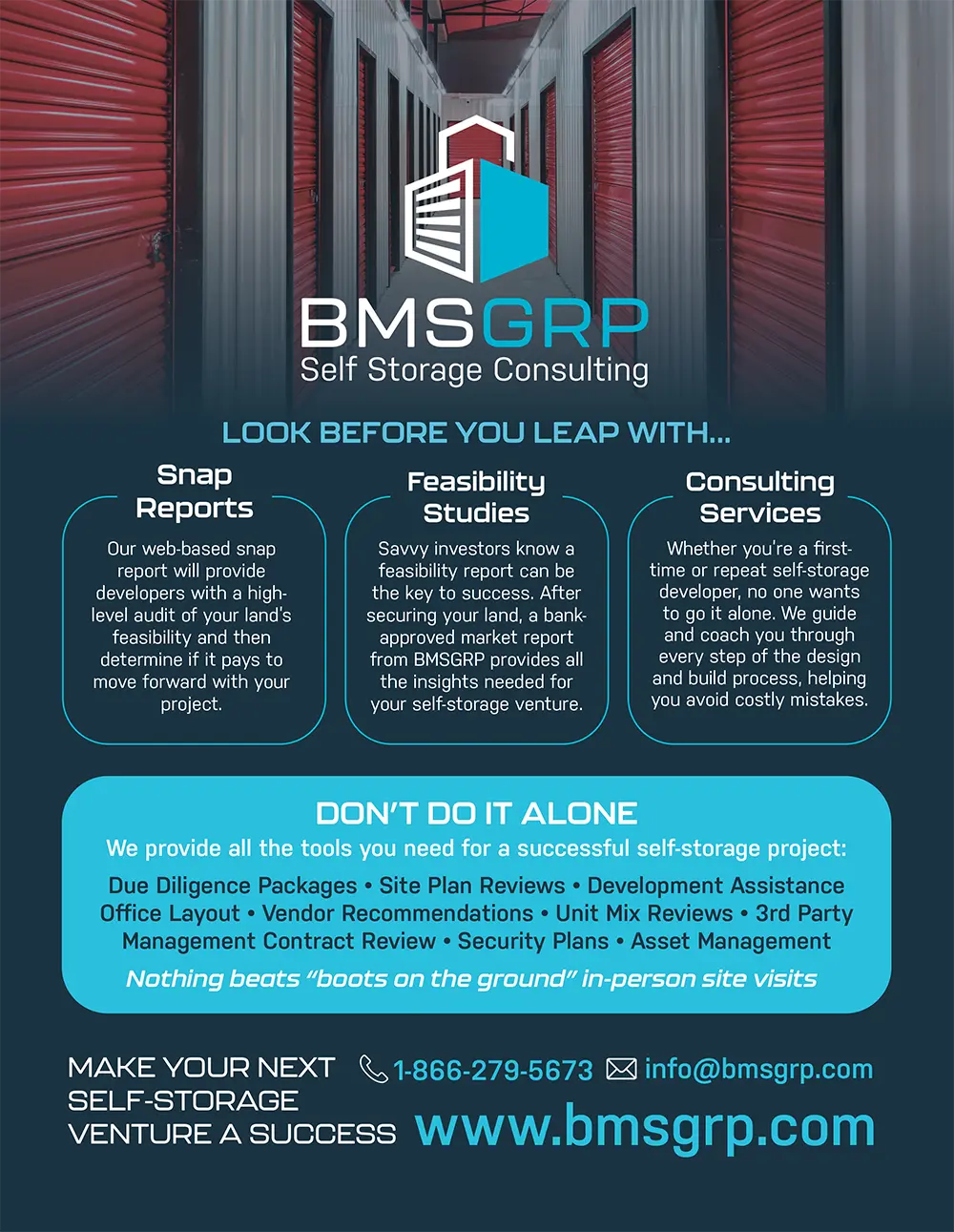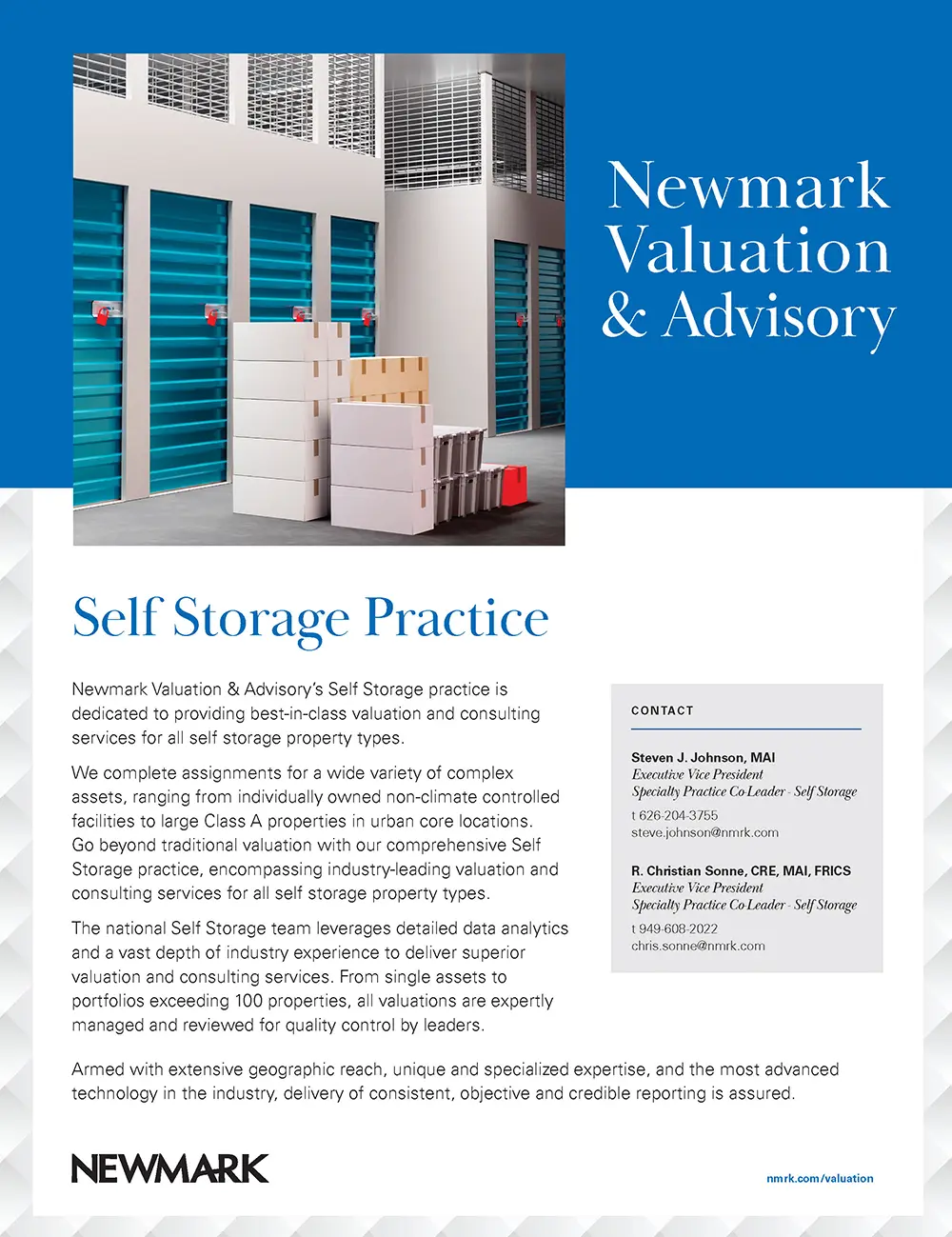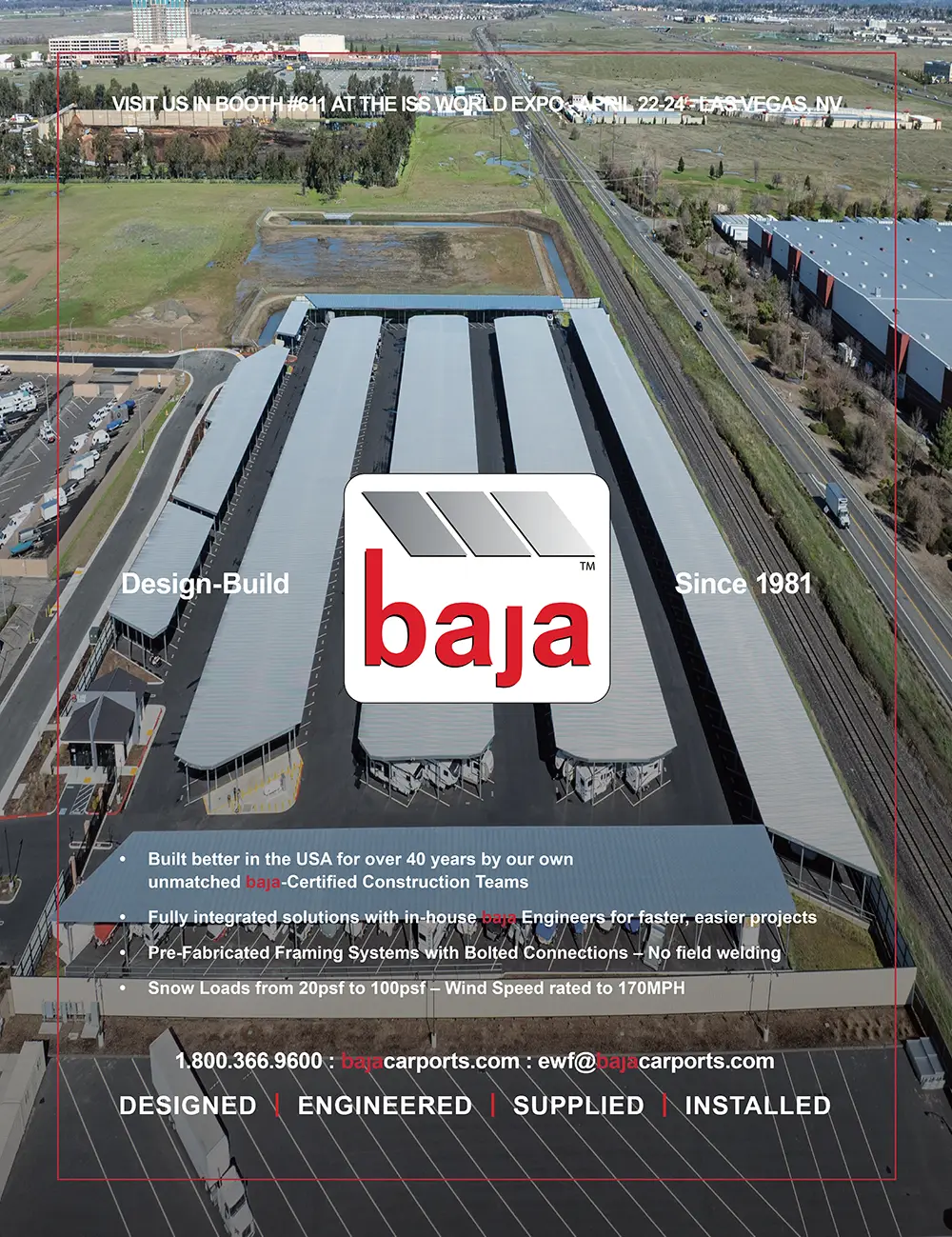How to enjoy our new magazine:
Just scroll!
Click or tap the table of contents icon in the menu bar to find any article.
Read any article by clicking or tapping the read full article button below each article intro.
Jump back to your previous browsing spot from any article using the menu bar or back to issue button.


-
Connect With Communities Through SportsPage 64
-
Asia’s Diversity Extends Into Self-StoragePage 74
-
Keeping Sales And Service High In A Down EconomyPage 14
-
Are Self-Storage Emails Violating Debt Collection Laws?Page 18
-
The Power Of MentorshipPage 20
-
Using AI To Improve Your Meta Tags And HeadlinesPage 24
-
The Strategy Behind StoreIT’s SuccessPage 84
-
Transform Any Space Into A Self-Storage FacilityPage 88
-
Self-Storage Bans And The Battle To BelongPage 92
-
Navigating Development Challenges In CanadaPage 98
-
StorageMax in Germantown, Miss.Page 100
-
Maximizing Revenue With Ancillary ServicesPage 104
-
Five Reasons To Invest In A Modern PMSPage 110
-
Strategic Advantages Of Multiple Unit Franchise OwnershipPage 114
- Chief Executive Opinion by Travis Morrow6
- Publisher’s Letter by Poppy Behrens9
- Meet The Team10
- Women In Self-Storage: Jessica Johnson by Alejandra Zilak29
- Who’s Who In Self-Storage: Norman A. Kotoch, Jr. by Victória Oliveira33
- Stats By Starr by Noah Starr54
- Self Storage Association Update119
- The Last Word: Armand Aghadjanians120
For the latest industry news, visit our new website, ModernStorageMedia.com.

id you see the story of the woman who locked her boyfriend in a self-storage unit for four days after an argument? I don’t care if it’s dark and I can’t get to my phone, I’m getting out. How would you do it?

He’s also the president of National Self Storage.

-
PUBLISHER
Poppy Behrens
-
Creative Director
Jim Nissen
-
Director Of Sales & Marketing
Lauri Longstrom-Henderson
(800) 824-6864 -
Circulation & Marketing Coordinator
Carlos “Los” Padilla
(800) 352-4636 -
Editor
Erica Shatzer
-
Web Manager / News Writer
Brad Hadfield
-
Storelocal® Media Corporation
Travis M. Morrow, CEO
-
MSM
Jeffry Pettingill, Creative Director
-
Websites
-
Visit Messenger Online!
Visit our Self-Storage Resource Center online at
www.ModernStorageMedia.com
where you can research archived articles, sign up for a subscription, submit a change of address. 
- All correspondence and inquiries should be addressed to:
MSM
PO Box 608
Wittmann, AZ 85361-9997
Phone: (800) 352-4636







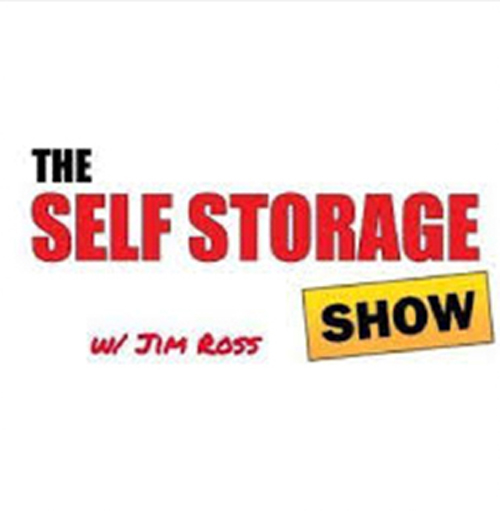



This is your one-stop destination to hear the leading voices of self-storage.
t’s no secret that the self-storage industry keeps innovating, and more people participate in the conversation through podcasts and webinars every day. However, choosing the right one on the right topic isn’t always easy—until now.
MSM has recently launched MSM PLAY, a section on our website that brings together all the industry’s top webinars in one convenient spot. By visiting the site, listeners can discover the very best in self-storage media, including:
- Self-Storage Income
- The AJ Osborne Show
- GabFocus
- Q&A With Jim & Jim
- The Self Storage Lab
- Self Storage Legal Chat
- The Self Storage Talk Show
- The Storage Investor Show
- Storage Stories
- Storage Authority Replay
- Power Hour
- Radio Wilder
- Self-Storage Canada Podcast
Podcasts are organized by current and past episodes, with a backlog that will keep being updated to include more. Best of all, it’s searchable by show, host, guest, topic, and date.
MSM PLAY will be updated weekly to align with new podcast content and to help listeners stay current with their favorite shows. Self-storage podcasters who want to be featured on the site can reach out to MSM’s Website Manager Brad Hadfield (Brad@modernstoragemedia.com) to get set up–it requires no effort on their part.
You can visit MSM PLAY now at www.modernstoragemedia.com/podcasts.

Publisher

t’s no secret that the self-storage industry keeps innovating, and more people participate in the conversation through podcasts and webinars every day. However, choosing the right one on the right topic isn’t always easy—until now.
MSM has recently launched MSM PLAY, a section on our website that brings together all the industry’s top webinars in one convenient spot. By visiting the site, listeners can discover the very best in self-storage media, including:
- Self-Storage Income
- The AJ Osborne Show
- GabFocus
- Q&A With Jim & Jim
- The Self Storage Lab
- Self Storage Legal Chat
- The Self Storage Talk Show
- The Storage Investor Show
- Storage Stories
- Storage Authority Replay
- Power Hour
- Radio Wilder
- Self-Storage Canada Podcast

MSM PLAY will be updated weekly to align with new podcast content and to help listeners stay current with their favorite shows. Self-storage podcasters who want to be featured on the site can reach out to MSM’s Website Manager Brad Hadfield (Brad@modernstoragemedia.com) to get set up–it requires no effort on their part.
You can visit MSM PLAY now at www.modernstoragemedia.com/podcasts.

Publisher

Now, our online edition has received a new look for the new year! The guide has been relocated to the MSM website for better security, easier access, improved features, and greater SEO for everyone.




MSM



Messenger, SSN, SSC









In House Claims: Enjoy 24/7 claims support, ensuring a quick, stress-free experience for all.

Protection with no deductible, no depreciated value, and no premium increases after a claim.

Comprehensive coverage for RVs, boats, trailers, and more, with protection for theft, damage, and accidents.

Give your self storage facility an advantage with a SAFE4R ZONE and boost security and peace of mind for your tenants.
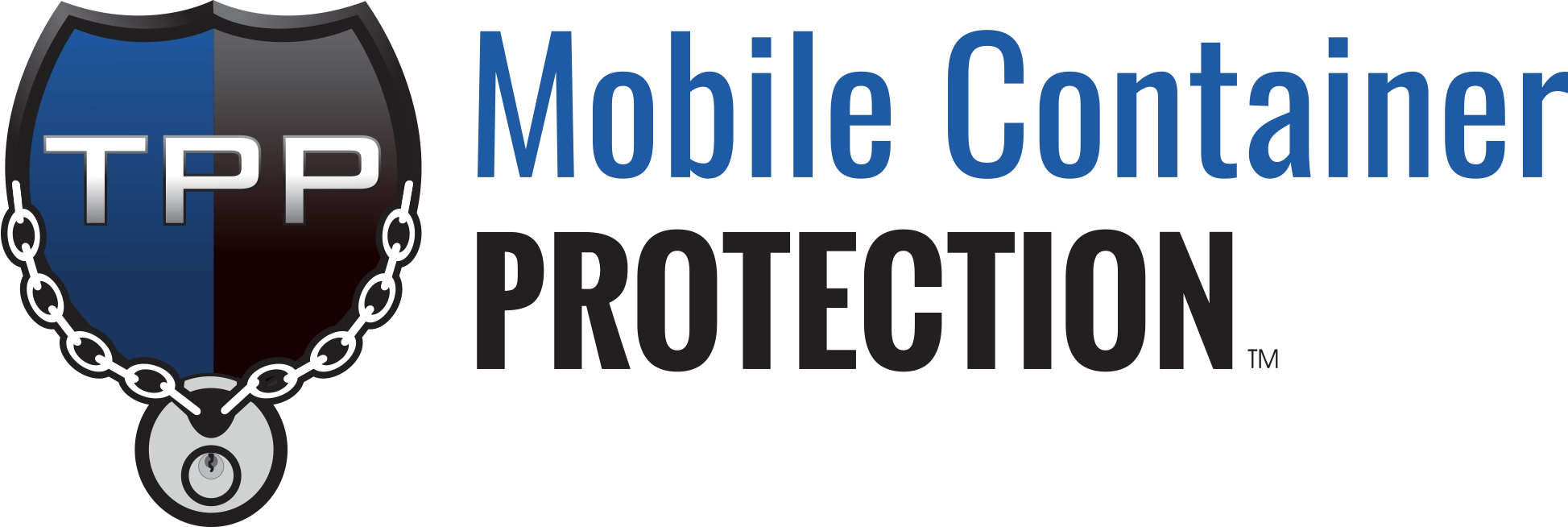
Coverage for mobile container contents, on-site, in transit, or off-site.
Recession
In A Down Economy

t can be difficult to form a positive strategy on how to improve sales and service in times of financial uncertainty. Keeping the customer top of mind and sticking to the basics can go a long way.
“While rate adjustments can be a necessary strategy, blindly slashing prices can lead to long-term revenue loss and attract tenants who may not be your ideal customer base,” says Sarah Beth Johnson, vice president of sales and development at Universal Storage Group (USG). “Knowing your competition, inside and out, can help you avoid reacting and instead focus on what sets your facility apart.”
Proactively manage pricing rather than lowering without a good revenue management strategy. Emphasize value (superior security measures, better service, top-shelf amenities) rather than price. This can even help increase revenue alongside smartly timed rent raises.
“If I get a new gate or redo the asphalt, paint the facility or get a new roof, I time the increases around something very visible that I’m doing to improve the customer experience,” says Carol Mixon, president of SkilCheck Services, Inc. “I think it helps customers feel a little bit better about storing where they’re storing, because even while increasing rates, you are communicating how you are directly helping them.”
Managing customer satisfaction is key in tough times. “To survive in this market, you have to be adaptive,” says Jessica Johnson, business development manager of StorSuite, a vertically aligned service provider with decades of experience in the storage industry. “Cater to the 90 percent of your tenant base and how they react, versus the low hanging 10 percent that typically overreacts. You have to be willing to test and track results to make better future business decisions. You have to get creative most days as sometimes you are making every dollar stretch until it cannot stretch any further.”
To ensure fast response times, Guardian Storage partners with an affordable third party to simulate rental inquiries. The moment an inquiry is submitted, the clock starts ticking.
“Response times are measured in minutes,” says Vayo. “This allows us to recognize strong performance and provide coaching opportunities for our team. In a competitive and uncertain environment, I find myself relying on those same core principles: controlling what we can, focusing on customer engagement, and ensuring that every interaction reinforces the value of storing with Guardian Storage.”
There are professional storage- specific companies who specialize in evaluating customer interaction.
“We monitor service levels at storage facilities,” says Mixon. “We don’t just call stores; we have shoppers who put in requests for information. One check this week, it was five days before the manager got back to the shopper. They’re obviously not prioritizing the customer and not thinking through that they might have needed storage within a day or two. That shopper requested information about storing her things on a date, and they didn’t even respond until after that time. I know this is going to kind of blow people away, but a response should be within 10 minutes.”
Achieving this quick response is even more important for smaller organization facilities. “Individually owned facilities really don’t have much time because the big guys are responding quickly,” says Mixon. “They not only have call centers, [but] they [also] have other digital ways of getting back to that customer, knowing their competitors can’t keep up. We test non-manager employees by going through the website or calling and leaving an after-hours message. Last week, one facility we were testing waited seven days to send anything out to the customer. Seven days! You should be looking at seven minutes!”
“The expediency is what we need to impress upon managers,” says Mixon. “The problem is, it’s very common for managers to get sidetracked doing something else, showing a unit, sweeping the exterior. Ten minutes passes quickly. I have kids in their early 20s. They have no tolerance for waiting. Even if they like one item better, they will go with option two because it is instant. It’s just a culture of immediate reward. Everything comes so much quicker with technology.”
“Another of our services at SkilCheck is having shoppers send an email to see not only how long it takes them to respond but what they respond with,” says Mixon. “I realized one manager was handwriting full emails back every single time. Sometimes there might be misspellings or strange formatting and off grammar.”
To save time and improve the level of professionalism, Mixon set up templates that included directions, hours, basic information, and links to reservation systems—all ready to simply add a personal greeting at the top and send within seconds.
“Be sure to give customers several different ways to reach you,” says Mixon. “They could go to the website, or they can call or text, or add the directions with a map link so they can come in person right to the facility.”
Technology helps in the initial stages of customer engagement and throughout the entire relationship, even in a down economy, offering simple ways to pay to stay on track.
“Regarding delinquency, our rates have remained within expected seasonal ranges,” says Vayo. “For several years, Guardian Storage has prioritized enrolling tenants in our autopayment program, which now covers approximately 70 percent of our tenant base. As a result, delinquency fluctuations are minimal. To sustain occupancy without engaging in a ‘race to the bottom’ on street rates, we focus on lease incentives that align with our business model.”
For those tenants who are not enrolled in autopay and face challenges meeting their payment obligations, a mix of automated and personalized touchpoints ensures regular communication to keep outstanding balances top of mind.
“We utilize a ‘good-better-best’ pricing structure (or a similar model), which enables us to upsell premium unit features or more desirable unit locations on the property to maximize profits from those not facing economic hardship,” says Vayo. “Coupled with size-based upselling and merchandise sales, this strategy leverages no-cost techniques that enhance tenant satisfaction while driving revenue growth.”
- Revenue Management Expertise – Professional managers know how to optimize pricing strategies to ensure your units are not just occupied but also generating maximum income.
- Sales And Marketing Know-How – A well-trained team can boost your closing ratios, enhance community presence, and drive more high-quality leads to your business.
- Technology And Industry Insights – With new tools and automation constantly emerging, professional management teams stay ahead of the curve, leveraging the latest innovations to improve efficiency and customer experience.
- Training And Staff Development – Hiring and training the right team is critical. We train managers in advanced sales techniques, customer service, and operational efficiency to ensure your facility thrives.
“Some owners value their time more than the cost of hiring an outside service,” says StorSuite’s Johnson. “When bringing on a third-party team, there are absolutely costs an owner will incur, as they are paying for management services. The goal is to hire a good team that will get you desired revenue results and treat your expense lines as if they are using their own personal bank account.”
If you do opt to bring on professional management, considering these tips from USG’s Johnson on how to make the most of the relationship. An important first aspect is to be open-minded to change. Being receptive to new strategies and operational shifts designed to increase efficiency and revenue can make a big difference in your bottom line.
- Educate Yourself On Metrics – Partner with your management company to understand key performance indicators (KPIs), pricing strategies, and revenue projections. The more you understand the “how” and “why,” the more aligned your goals will be.
- Invest Wisely – Making money requires smart investments. Whether it’s marketing, technology, or staff training, cutting corners in these areas can cost you more in the long run through lost revenue and inefficiencies.
- Collaborate On Local Branding And Community Engagement – While a management company will bring industry-wide expertise, nobody knows your local community like you do. Work together to enhance branding efforts and community partnerships.
- Join your local chamber of commerce and use it as a networking platform. Many chambers will allow you to sponsor a breakfast or networking event where you can highlight your business. Historically, business clients have longer lengths of stay, rent larger units, and are not terribly price sensitive. Give your fellow chamber members a VIP code with an exclusive offer when they rent from you.
- Social media influencer partnerships can be another great strategy. Find high-profile realtors in your local market producing quality social media content with a decent following. Realtors talk to people who are moving every day. Offer them a free unit as a trade for recording a series of videos of themselves at your facility. Offer an influencer code with an exclusive offer and track the redemption of offers.
- EDDM (every day direct mail) is making a comeback. Print advertising is not dead. While it’s not the preferred method over digital, it is still an effective and inexpensive method if executed properly and results are tracked. In a down economy, keep a pulse on measurements and where you can save costs if results are not meeting expectations.

ecent lawsuits against self-storage operators have left many owners questioning whether their communication practices comply with state Fair Debt Collection Practices Acts (FDCPAs). Surprisingly, some of these lawsuits don’t revolve around typical collection calls—they’re targeting emails sent outside the permissible hours for debt collection communication.
This issue raises critical questions for the self-storage industry, such as whether an email timestamped for delivery at 2 a.m. violates the same laws that restrict phone calls during certain hours. Without legal clarity, it’s left to operators to reassess their practices to avoid the risk of costly litigation.
This article will guide self-storage operators through the current regulatory landscape and provide actionable steps to stay compliant while maintaining efficient communication with tenants.
Disclaimer: This is intended for informational purposes only and does not constitute legal advice. The content provided should not be used as a substitute for consulting a qualified attorney. Self-storage operators are encouraged to review their practices in accordance with their state’s laws and regulations.
For example, some plaintiffs argue that an email arriving in a consumer’s inbox at 2 a.m. constitutes an intrusive communication akin to a late-night phone call. This raises an important question for self-storage operators and other businesses: Is an email the digital equivalent of a phone call or a physical letter?
Unlike phone calls, emails don’t demand immediate attention; they sit in inboxes until opened. Yet, consumer protection statutes often use broad definitions for communication, leaving this issue open to interpretation in court.
- Settle Quickly – Avoid prolonged legal fees but “feed the beast” by encouraging future lawsuits.
- Fight The Case – Potentially incur fees far exceeding the settlement amount, with no guarantee of winning.
Until there’s legal clarity, many operators find themselves walking on eggshells, risking litigation by default.
The simplest and safest action self- storage operators can take is to ensure that email and text communications are only sent between 8 a.m. and 9 p.m. Using automated systems to schedule these messages can remove the risk of sending late-night communications.
LEVERAGE REMOTE MANAGEMENT TOOLS
Platforms like XPS Solutions can provide robust assistance in streamlining tenant communication while adhering to consumer protection laws.
- Automate email and text delivery during permissible hours.
- Monitor delinquent accounts and send compliant reminders using AI-powered solutions.
- Reduce human error by standardizing communication practices across your facility.
By incorporating remote management systems, operators can avoid accidental violations and maintain positive relationships with tenants.
STAY UPDATED ON LEGISLATIVE DEVELOPMENTS
Industry organizations like the Self Storage Association (SSA) and Florida Self Storage Association (FSSA) are actively working toward resolving this issue through legislative action. For instance, legislation to address this ambiguity may be introduced in Florida’s 2025 session. Keeping informed through these associations is crucial to staying ahead of potential compliance risks.
CONDUCT REGULAR COMPLIANCE TRAINING
Educate your team on state-specific debt collection laws. Understanding the nuances of terms such as “communication” and “permissible hours” will empower your staff to make informed decisions when navigating tenant disputes.
CONSULT A LEGAL EXPERT
For operators who regularly deal with delinquent accounts, consulting with an attorney experienced in consumer protection and debt collection laws can provide much-needed clarity. Legal guidance is your best safeguard against costly oversights.
QUICK SETTLEMENTS
Most of these lawsuits are not aimed at correcting unfair practices but at capitalizing on technical violations to prompt settlements. The outcome of such cases, whether a quick settlement or protracted litigation, makes one thing clear for operators: Proactive compliance with FDCPAs is far cheaper than the cost of a single lawsuit.
Take action now! Your peace of mind is just a call away.
Guidance

he self-storage industry continues to attract new investors, many of whom enter the business with little industry experience. Whether they have a piece of land and see an opportunity, or they’re looking for a stable, long-term investment, self-storage appears straightforward—build units, rent them out, and collect revenue. While the concept is simple, the execution is anything but.
Long-time owners can face similar challenges if they rely on tried-and-true operational methods that may have been successful a decade ago; some now struggle to keep pace with the rapid development of technology and the changing needs of younger tenants.
As new or long-term owners are exposed to all the options available, the sheer variety of locks, software providers, insurance companies, builders, brokers, cameras, etc., can be overwhelming. For new owners, decisions made in the early stages, such as facility layout, technology selection, and operational setup, can have lasting consequences. Poor planning can lead to bottlenecks in traffic flow, security vulnerabilities, or inefficient management processes that make running the business far more complicated than necessary. Long-term owners can find themselves frustrated trying to match old technology with new offerings that will help them keep pace with their competitors. Without guidance, owners often resort to trial and error, making costly mistakes that could have been avoided.
This is where a mentor makes all the difference. A self-storage consultant brings experience and industry knowledge that helps owners avoid common pitfalls and make informed decisions from day one.
Long-term owners face their own unique struggles. Many built their businesses in an era when manual processes and traditional marketing were sufficient to attract and retain customers. But the rapid advancement of technology, the shift toward automation, and the changing expectations of younger tenants mean that the “tried-and-true” methods of the past may no longer be enough to stay competitive. Upgrading outdated systems, adapting to digital marketing trends, and incorporating automation tools can feel daunting, especially when older technology isn’t compatible with modern solutions.
Poor facility layout is a common issue for both groups. New owners often underestimate the importance of traffic flow, leaving inadequate room for moving trucks or placing keypads in locations that create bottlenecks. Long-term owners may struggle to retrofit aging properties that weren’t originally designed for today’s larger vehicles or increased security expectations. These challenges can lead to operational inefficiencies, tenant frustration, and lost revenue opportunities.
Technology selection is another major hurdle. New owners may not realize that not all management software, access control systems, and security cameras are compatible, leading to costly mistakes and wasted investments. Meanwhile, long-time operators who rely on legacy systems often find it difficult to upgrade, as newer technology doesn’t always integrate with their existing infrastructure. Choosing the wrong technology, or waiting too long to upgrade, can result in inefficiencies, frustrated tenants, and security vulnerabilities.
Marketing is another area where both groups often struggle. New owners frequently assume that simply opening a facility will be enough to attract tenants, only to find that demand doesn’t materialize without strategic outreach. Long-term owners who have traditionally relied on word-of-mouth or print advertising may be frustrated by the shift to digital marketing, unsure of how to effectively leverage search engines, social media, or online reviews to maintain occupancy.
These challenges, whether due to inexperience or outdated methods, can be costly and time-consuming to resolve. A mentor helps bridge the gap, ensuring that new owners make informed choices from the start and that long-term operators successfully adapt to an evolving industry without unnecessary trial and error.
For facility layout, a mentor ensures that new owners design their properties with proper traffic flow, security, and space utilization in mind, preventing costly mistakes that could impact tenant experience. For long-time owners looking to modernize, a mentor can help optimize existing layouts, making adjustments that improve accessibility and efficiency without requiring a complete overhaul.
When it comes to technology, a mentor brings insight into what’s new, what’s working, and what’s still being tested in the industry. They understand which systems integrate best with the type of business an owner runs, helping strike the right balance between doing too much and too little. Whether it’s choosing the right management software, security cameras, or access control systems, a mentor helps owners avoid investing in incompatible or unnecessary technology while ensuring their facility remains up to date.
For daily operations, a mentor provides best practices for everything from tenant communication and rate adjustments to handling delinquencies and lien sales. New owners benefit from learning these processes correctly from the beginning, while long-time owners can refine outdated methods to improve efficiency and compliance.
Marketing strategies have shifted significantly in recent years, making it essential for both new and seasoned owners to stay competitive. A mentor can help new owners establish a strong online presence from day one, while also guiding long-time operators through the shift from traditional advertising to digital marketing tactics like SEO, social media, and online reviews.
By working with a mentor, self-storage owners, whether new to the business or decades in, can avoid costly mistakes, stay competitive, and build a facility that thrives in today’s evolving market.
For those seeking personalized guidance, hiring a self-storage consultant is often the best investment. A mentor can offer tailored advice, helping owners navigate the complexities of development, technology, and daily management while avoiding costly mistakes.
Success in self-storage isn’t just about having the right property—it’s about having the right knowledge. Whether you’re just starting out or looking to modernize an existing facility, learning from those who have already been through the process is one of the smartest moves you can make.
emember back in the day when you walked by a newsstand and were stopped by a headline on the front page? More than likely, you bought the paper to read the article. Newspapers depended on the sensationalism of their headlines for sales.
That still holds true today on social media—it’s “breaking news!” I remember when that meant you were watching a TV show and the national or local news station was “breaking into” your regularly scheduled program. Unfortunately, too many people use that phrase as an attention grabber, which reduces its sensationalism.
How does this apply to your blog or social media? The problem you have as a small business is content overload. You’re not just competing with your industry competitors for the attention of a searcher or a social media user. You’re competing with the kids, grandkids, friends, family, other pages, people they’ve liked, politics, breaking news, ads, causes, etc.
When you write a blog post, you want your enticing heading to stand out on the search engine results page (SERP) and when you share it on social media. You want to get that click-through, which will lead to a conversion.
Here are the elements of good headlines/titles:
- They are written for the human reader with the search engine in mind. Its main purpose is to entice the person.
- They have the right number of words, not too long that it gets cut off in the SERP.
- They have the major keyword or phrase (AKA the topic of the article).
The following is a prompt to use to generate a headline. Start with a keyword phrase or two from your SEO Keyword Research. (If you haven’t done this, use the Google Keyword Tool to discover the most searched-for keywords or phrases for your facility and location.)
You are an SEO expert with a reputation for getting sites to the top of search engine rankings. Please create four blog article headlines for my {website} based on my {keywords} and {location}. The purpose of these articles is to boost my site’s search engine rankings and authority, attract potential customers, and have a high click-through rate on the search engine results page. Please cite the sources of content.
{website}:
{keywords}:
{location}:
Always check the data. Earlier this year, I asked Google’s Gemini for blog post ideas for a client and it gave me “Top 3 Video Editing Programs for 2023.” Yes, 2023!
Here are tips on how to optimize those meta tags and get those clicks.
THE KEY PHRASE
This is the main topic of your page or blog post. It should be one or two words. It needs to be both in the title and the slug, which is the URL or link, as well as the meta description. This is for SEO, and it also needs to make sense to the human.
META DESCRIPTION LENGTH
Ideally, it should be 160 characters. Anything longer than that will get cut off. The Yoast plugin for WordPress will let you know if it’s too long by the color line under it. Orange is too short, red is too long, and green is just right. Look at the preview, and be sure that you don’t see the ellipsis (…) at the end of the meta tag.
THE DESCRIPTION
Here’s where you need to put yourself in your target reader’s shoes. They are looking for an answer to their problem. You don’t want to give the whole answer here, but just enough so they can see that:
- It’s what they need or want,
- The website holds more valuable information, and
- It will behoove them to click on it. In other words, there is a benefit to them clicking on through to the website.
What if you don’t have a WordPress website? If you are on a platform other than WordPress, more than likely, there is a place for you to enter the meta description of a page or blog post. It’s usually under a section called “SEO.”
What if there is no meta tag? If there is no meta tag, the search engine will display the first paragraph. Obviously, that brings up this question: Is the first paragraph on your page or blog enticing enough to keep the reader reading?
In the March 2025 issue of Messenger, I wrote about the Google Analytics Search Console and what you can learn from its data. You’ll see how many times your website comes up for certain keywords and phrases and how many click-throughs it got. Obviously, if your site is brand new, you won’t have this. That’s why you need to have your Google Analytics set up before you start any marketing efforts.
As you can see, there are a lot of moving parts in digital marketing. It takes some time and effort to get everything set up and running smoothly. Nevertheless, with the right goal-setting and strategic and tactical planning, you should start seeing results in two to three months. Each business is different, and there is no one-size-fits-all marketing strategy.
The following are two more AI prompts to help you generate various marketing content.
OPTIMIZE SOCIAL MEDIA PROFILES
(If you don’t have an about page on your website, enter the home page URL.)
You are an SEO expert with a thorough understanding of how to optimize social media profiles to improve search traffic. I want you to write social media profiles for {website about page}, including these {keywords} incorporated in a snappy description with relevant hashtags. I want profiles for:
- Facebook with a length of under 200 characters
- X (formerly Twitter) with a length of under 160 characters
- Instagram with a length of under 150 characters
- LinkedIn with a length of under 2,000 characters
{website about page}:
{keywords}:
CREATE A CONTENT PLAN
(The media mix could be your blog, Facebook, Instagram, LinkedIn, etc. Instead of keywords, you can put your website. Just make sure what you enter into the brackets { } matches in both places.)
You are an SEO expert with a reputation for getting sites to the top of search engine rankings. I want you to create a one-month content plan for me based on my {keywords}. The purpose of the content plan is to boost my site’s search engine rankings and authority. Start at today’s day and give me a list of suggested content that accounts for my {regularity of posting} and {media mix}.
{keywords}:
{regularity of posting}:
{media mix}:
You get the idea.
Play with various requests. For instance, try entering your facilities’ location and amenities and ask it to suggest who may be interested in your services—AKA your target market(s). Then ask it what is the best way to reach each of those targets.
As I’m writing this, Elon Musk released Grok 3 (https://x.ai/). I haven’t tried it, but they say it’s the best yet. Remember that AI is a tool. It’s still a computer talking, and you want to talk to people. Don’t forget to add your human touch to whatever AI content you’re using.

t’s a tale as old as time—good people who are great at what they do, yet they originally started out doing something completely unrelated.
“Self-storage landed in my lap. I didn’t seek a career in this industry by any stretch of the imagination.” This is how Jessican Johnson, business development manager for StorSuite, starts her story.
When you start listening to her career trajectory, it quickly becomes evident that it wouldn’t have mattered where she had ended up; she would’ve been extraordinary at it. This is proven by her adaptability, her commitment to learn continuously, and her dedication to lifting up everyone she encounters.
Her story is also evidence that despite how common it is to find people who are jaded with their line of work, it’s entirely possible to find something you truly love that’s fulfilling on both a personal and financial level.

Her first job out of college was in food franchising for Smoothie King. “It was awesome,” she says. “I had a lot of different roles with them. I was an operations consultant, doing audits of 75 stores to make sure there were no renegade menus and that they were all performing well. I also did product testing, trained staff, and store openings, and I eventually became senior vice president of operations and marketing.”
The job was rewarding but draining, so she started looking for another job. Soon enough, she started working at a tech startup. “It was an online marketplace targeted at professional employment organizations.” Working in B2B tech would be a great opportunity to show off her marketing chops.
Although the startup didn’t work out, her role at Storage Pros did.
“I was fine being president, and I would do it again, but it’s a lot of work being the final decision-maker for all marketing and operations, contracts, sales, admin work, human resources, and payroll.”
Despite the avalanche of responsibilities, she ended up loving the industry and decided she wanted to stay in self-storage long term.
“With SBOA, I vetted vendor partners that we wanted to recommend to our members. We also started a very successful educational webinar series, Self Storage Unlocked, which still runs bi-weekly and you can find on the SBOA’s YouTube channel,” she says. “We also created a training program for newer owners and operators, Self-Storage for Rookies. I wrote the scripts with my team to help people get well acquainted with the industry.”
This program also included how to avoid common mistakes when first starting out in the industry, guidance on third-party management, and how to build a profitable self-storage portfolio.
Johnson has also been involved with several volunteer opportunities with the Self Storage Association (SSA) and led the marketing committee with the SSA’s Young Leaders Group (YLG), posting social media content about upcoming events, as well as designing email campaigns with e-blasts to members. “I was only able to be in YLG for two or three years because I entered the industry in my late 30s, but it’s a great way to network and learn. It really is a great educational space for people in self-storage.”
Thanks to her extensive networking and participation in leadership and industry events, Johnson met John Manes, chairman of the board, and Christina Alvino, CEO at StorSuite.
“We had been talking about partnering and working together,” she says, “and this past August, everything lined up, so I decided to make the move and come onboard.”
It was a career move that turned out well. She loves that the company culture puts people first—employees as well as clients and peers in the industry.
“Everyone here is well taken care of,” says Johnson. “We even play well with our competitors. We always want to make sure we’re good stewards of service.”

However, that’s not something that she considers unique to the Florida organization. “I recommend anyone in the self-storage industry to join their state’s self-storage association,” she says, noting that she’s also been a board member of the Self Storage Association of Michigan for the past several years.
As for what advice she has for other women in the industry, she encourages them to “get some thick skin on you, sister.” She states that it’s been mostly a male-dominated industry, but that women are becoming more prevalent and have bigger voices. “Don’t be intimidated, even if sitting at a table of mostly men. Strap up, muscle your way in, and you’ll be just fine.”
While life in Florida can be pretty sweet, she misses the seasonality of Baltimore. “I don’t mind the occasional snow fall, and I love the color of the fall leaves,” says Johnson. “Florida is either hot or hotter, so I’m looking forward to where life will take us next.”
Wherever that is, the self-storage community will be richer with her presence and all the good things she has to offer.

orman A. Kotoch, Jr., worked as an attorney for almost seven years before joining his family’s self-storage business, Security Self Storage. At the company, he was able to grow it from a single facility to seven, three of which were built from the ground up. The building experience taught him skills of the craft literally from its foundation, as he was responsible for site selection, entitlements, and construction oversight.
However, the skills he developed from it that impact his day-to-day life the most now were his experiences overseeing the hiring of staff, training, and managing facilities. These roles gave him the chance to learn invaluable people skills, which are an integral part of his new business and the expertise most clients look to him for guidance.
Kotoch, Jr., entered consulting when he sold one of Security Self Storage’s facilities to Merit Hill Capital, the top operator that brought him on as a consultant for the business right away. He never thought of becoming a consultant up until that point, but it has become a big part of his work, and it’s where he truly found himself, even though he’s been a part of the industry for almost 30 years.

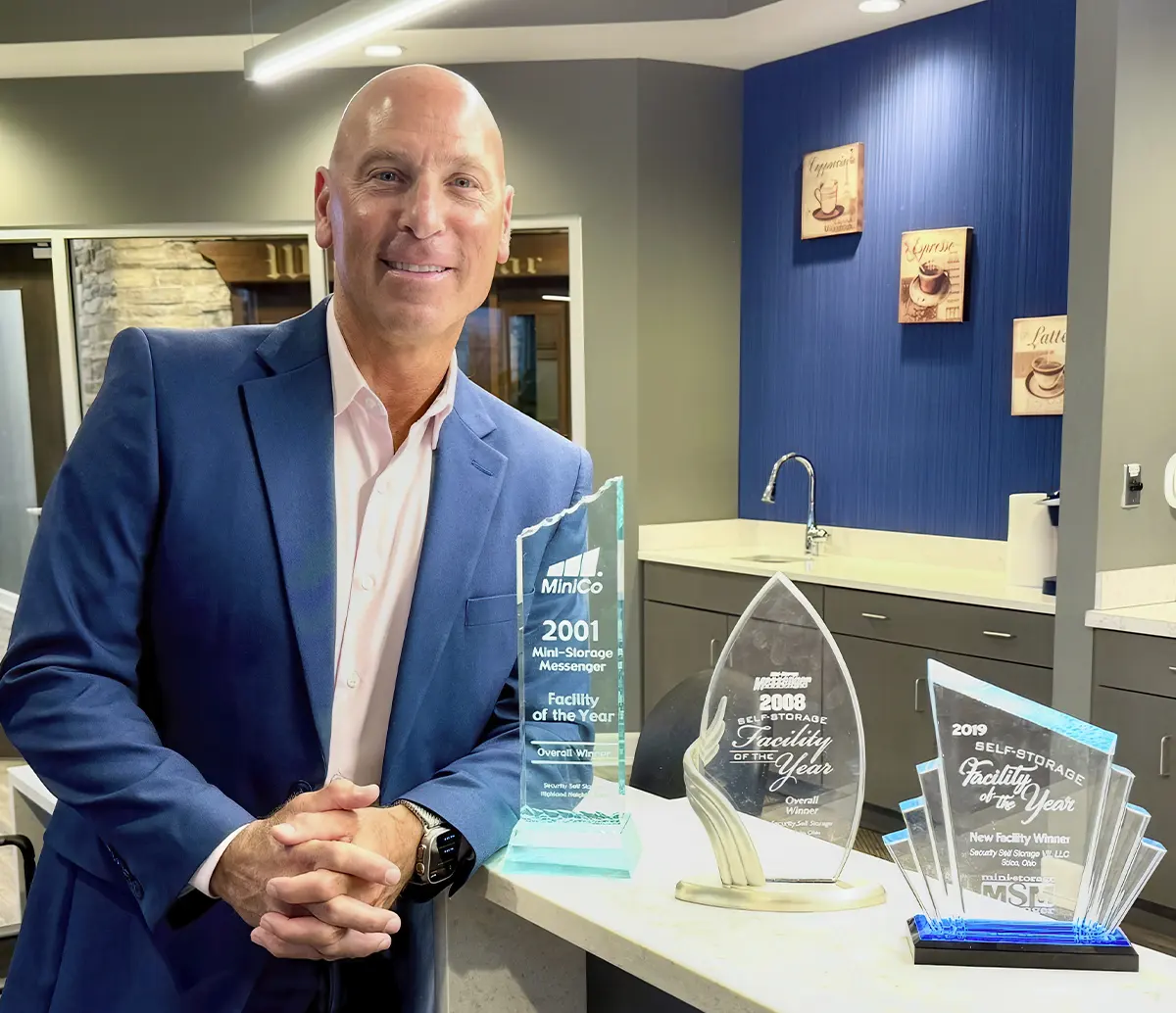
Kotoch, Jr., advises his clients to make sure to “at least acknowledge customers entering your facility if you are busy talking to other clients. A simple smile and letting them know they will be with them shortly makes a world of a difference.” Another important practice he ensures his clients put into place is to always get the person’s name and contact information for follow-ups, which he’s noticed most companies are failing to do. “Letting them walk out [of the facility without acquiring their personal information] is similar to catching a fish, letting it off the hook, and hoping you will catch the same fish later, rather than just bringing that fish in and being able to connect with that person at a later date.”
Instead of lowering prices, it’s better to research your competition and offer a service they might not have. “You should differentiate your product from your competitors,” says Kotoch, Jr. “[For instance], if your local competitors have standard storage, you have to put climate-controlled storage up. Find ways to create a better product, whether that is adding more security features or improving customer service. You have to differentiate yourself from your competitors, so you don’t solely need to use rates to compete. Because when you do that, it’s ultimately a race to the bottom. No one wins.”
One thing he always teaches managers is that you can’t be apologetic for rates. “Don’t be apologetic. Instead, be honest with customers,” says Kotoch, Jr. “Tell them you are not the cheapest option, but you will offer them the best products and the best customer service, and that sometimes your services are not for everybody. If they are shopping around the price, that’s OK. That has really worked in our favor because people appreciate quality, service, security, and cleanliness. If you excel at those, you don’t have to compete in price as much.”

Kotoch, Jr., believes a positive self-storage business customer service starts with empathy. “In addition, [customers] are typically going through a stressful time in their life, such as moving, relocating, divorce, remodeling, and even a death in the family,” he says. “It is our obligation to assist them, take control, and guide them through this process with comfort and knowledge. Building rapport is more important than trying to make a sale. If you take care of the first, the second inevitably follows, so always be human and don’t treat people like they are just numbers.”
For investors looking to join the market, he advises doing ample due diligence beforehand, as he has seen a fair share pull the plug on entering the industry after doing so. “I always tell people to get a feasibility study done before purchasing any land to find out what that market can bear,” he states, adding that it’s probably a good idea to get a specialized company to do so with no other ventures correlated to the business. “There are entities out there that offer those feasibility studies that aren’t management companies or construction companies. If you can find a third party that does nothing to the industry, it will probably be the best way to find out how the market actually works. And spending $10,000 on a study will be a lot cheaper than building a facility for several million dollars and finding out it’s not feasible later on.”
As for the future of customer service in the industry, Kotoch, Jr., says, “As technology creates more situations with less human interaction, finding a way to use technology and not lose that personal interaction is important. For instance, if you are going to use technology in a video screen to greet a customer, you can still reach out with a follow-up email, or even a phone call, or some type of gesture to show that they are appreciated on more of a personal basis. It’s OK to use technology, but still make sure to find a way to make it personal.”

 tbs@trachte.com
tbs@trachte.com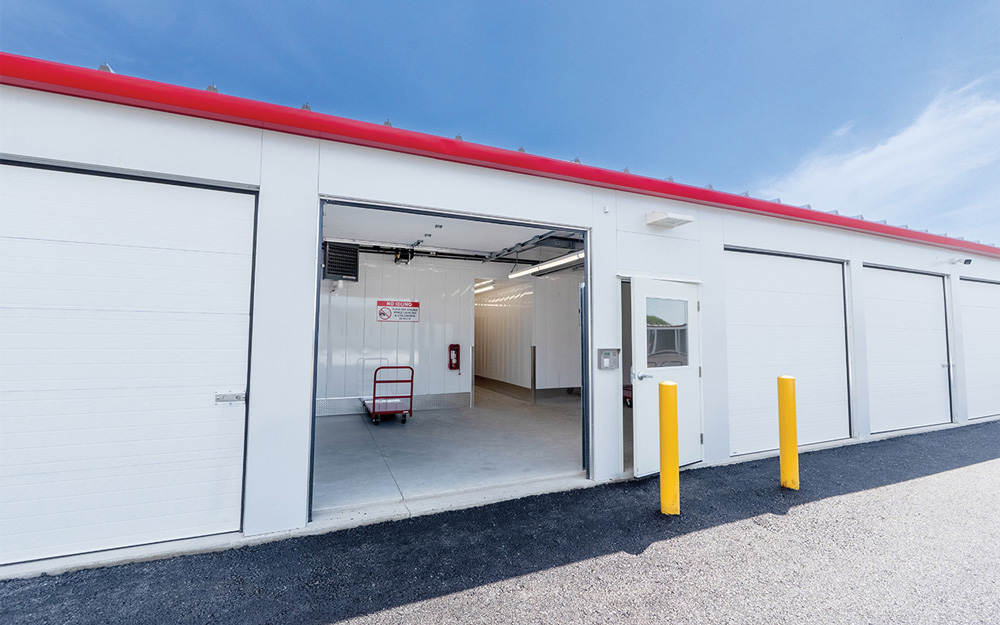


- Self-Storage Buildings
- Door & Hallway Systems
- Conversions
- Boat/RV Buildings
- Micro Units
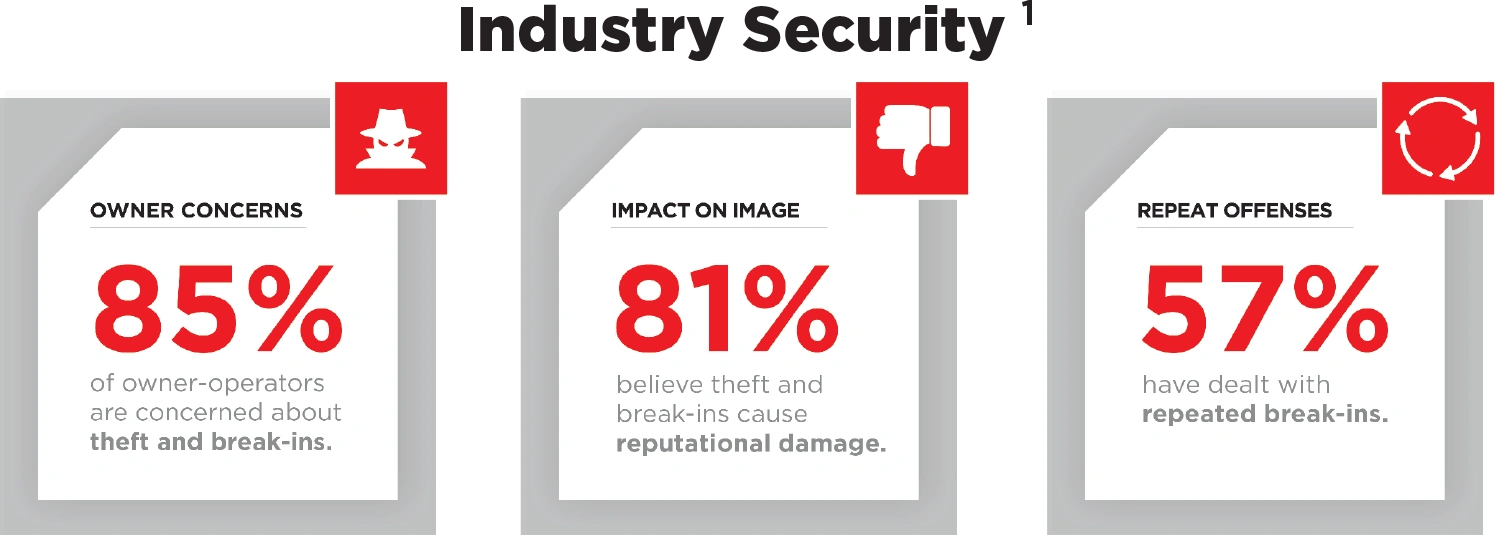


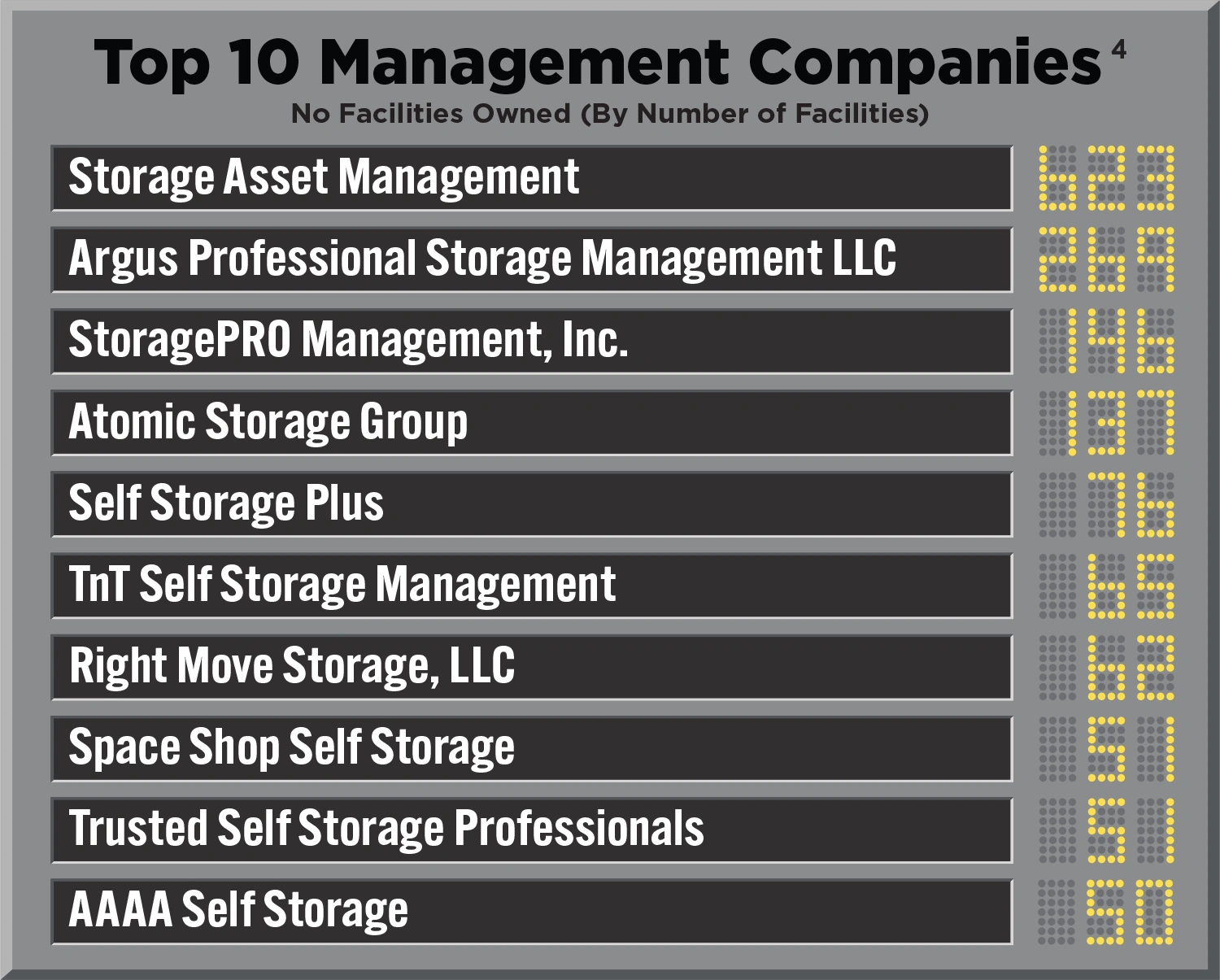


hat would you say is the most important key metric in predicting self-storage demand and potential rent growth? Answers might include:
- Population growth,
- Population density,
- Median household income,
- Average household income,
- Supply per capita,
- Incoming residential construction,
- Incoming self-storage construction, and
- Percent of area that is renter-occupied.
These are all important metrics to consider when evaluating storage investment opportunities. Median household income is commonly used to evaluate the potential of a market. It’s intuitive to think that an area with a greater household income can support higher rents, right? Let’s look at the data.
See Chart 1 – Median Household Income vs. Street Rate PSF (10-By-10 NCC).
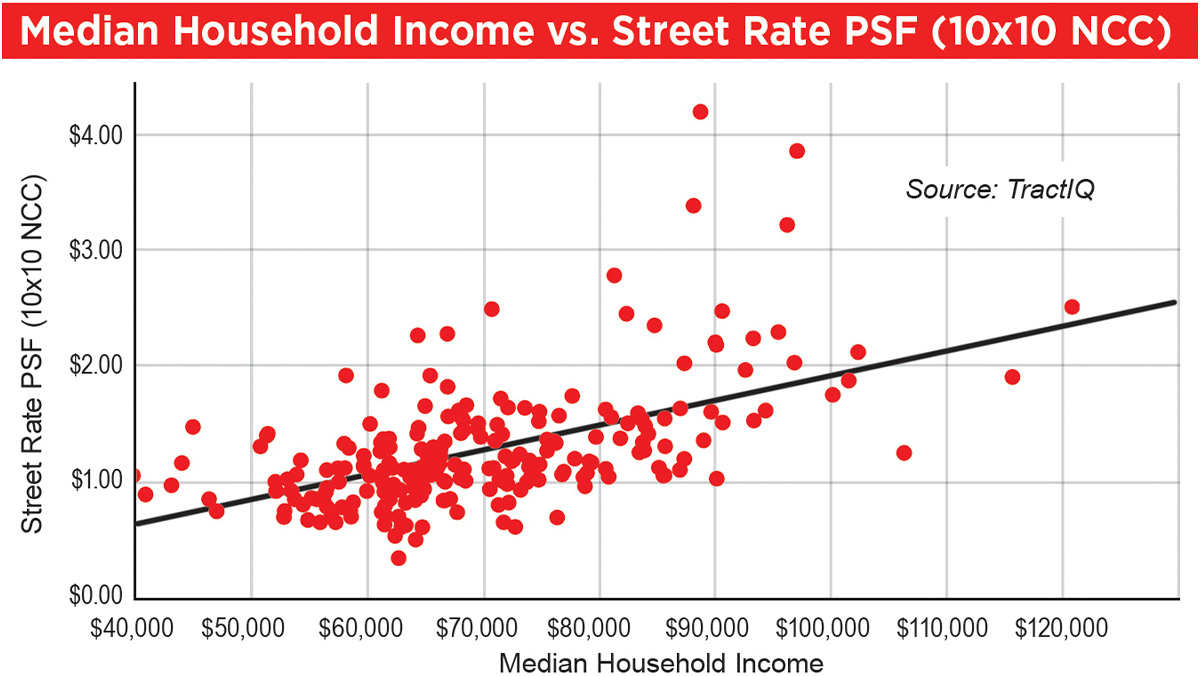
Although there is some correlation between these variables, it does make sense that median household income shouldn’t be relied on in predicting street rates. The beauty of self-storage is that it attracts customers from all walks of life and all income levels. Moving, downsizing, renovating, decluttering, and of course things like death and divorce, are all reasons people rent self-storage. These major life events impact customers at every income level.
What if there was a better key metric for predicting street rates than median household income? Median home value is often overlooked and not discussed within the industry, but it is a much better predictor of street rates within a market.
See Chart 2 – Median Home Value vs. Street Rate PSF (10-By-10 NCC).
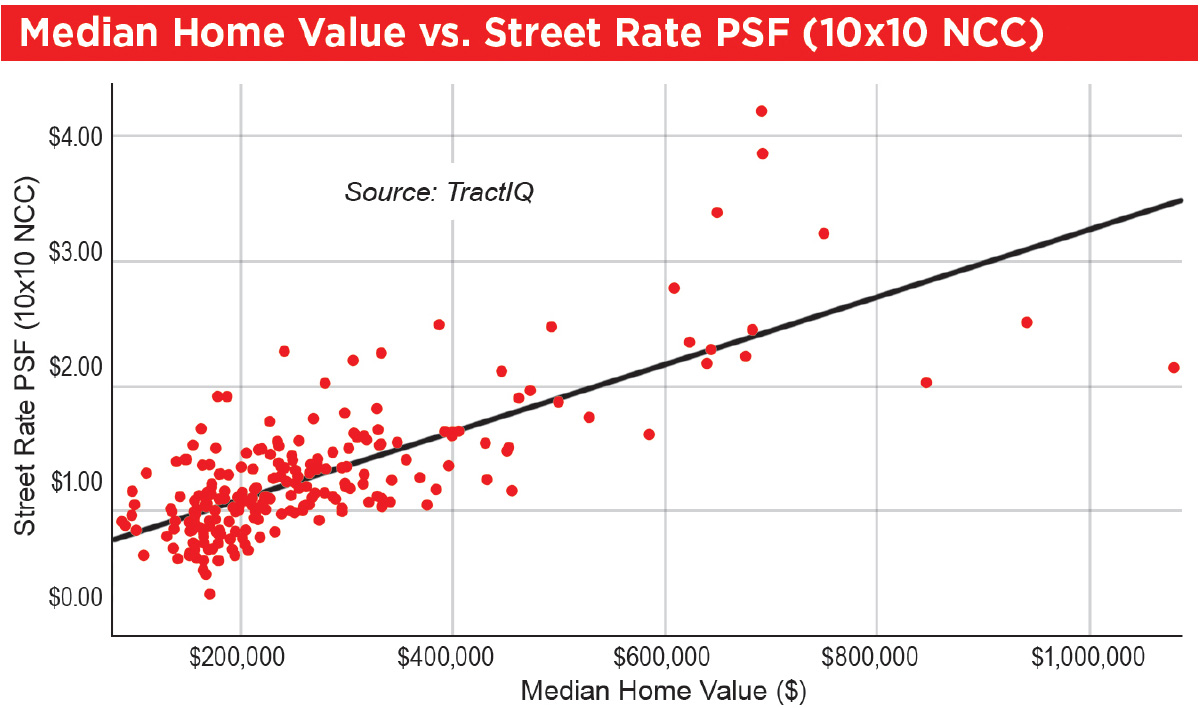
Although it’s helpful to understand street rates and how median home value correlates, the real prize investors are after is achieved rates. Uncovering what the actual achieved rate facilities are producing within a market is one of the great challenges investors face. Most of this information is private and extremely hard to get. The publicly traded self-storage REITs do publish some of their achieved rate data, but it is generalized into large MSAs. We’ve compiled achieved rate data from the REITs and compared it to street rates.
See Chart 3 – Achieved Rate vs. Street Rate.
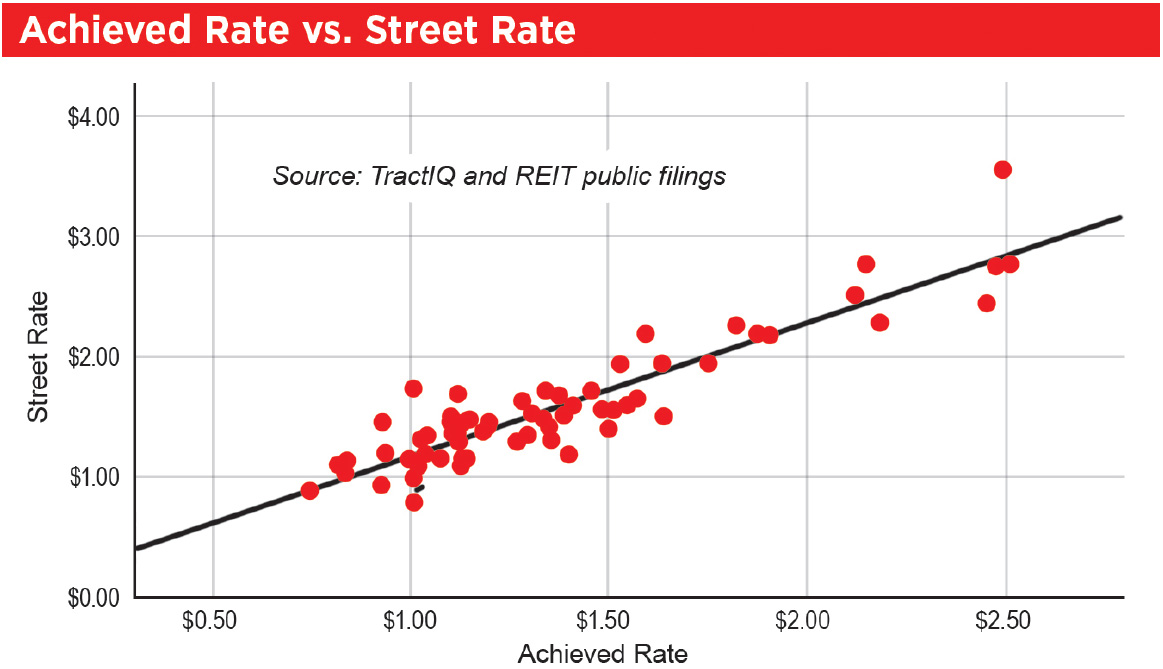
See Chart 4 – Achieved Rate PSF vs. Median Home Value.
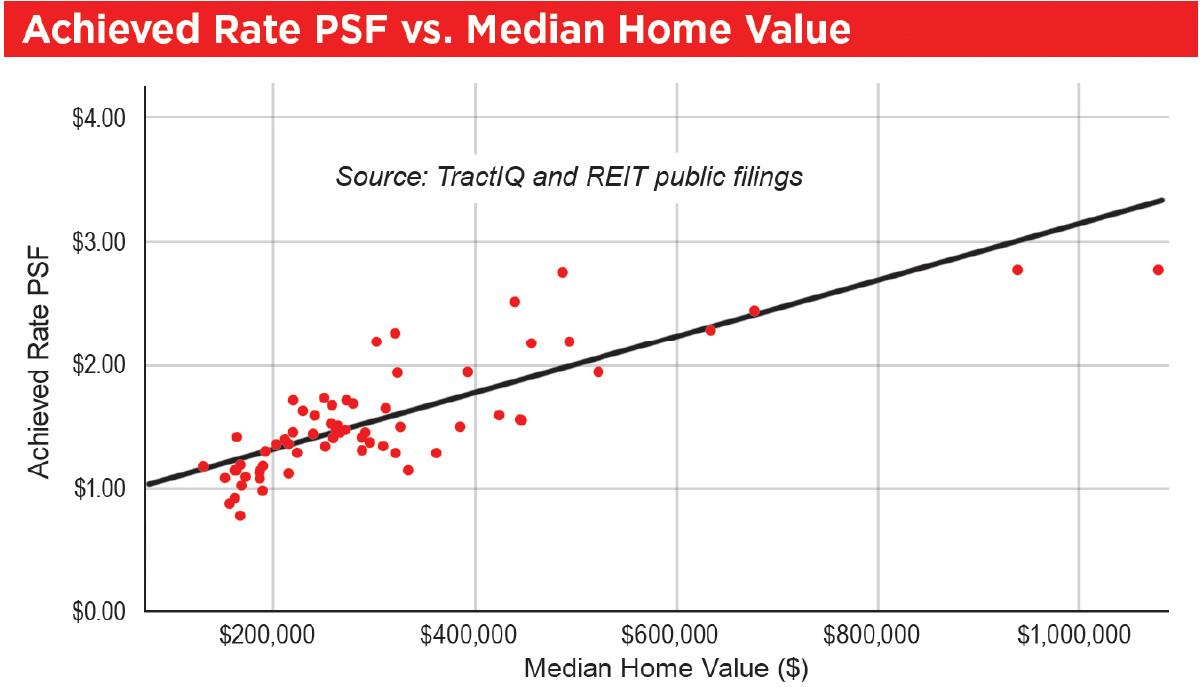
To summarize, we’ve determined that median home value is a better predictor of street rates and achieved rates than median household income. But how well correlated is median home value to occupancy? Let’s explore.
See Chart 5 – REIT Occupancy vs. Median Home Value.
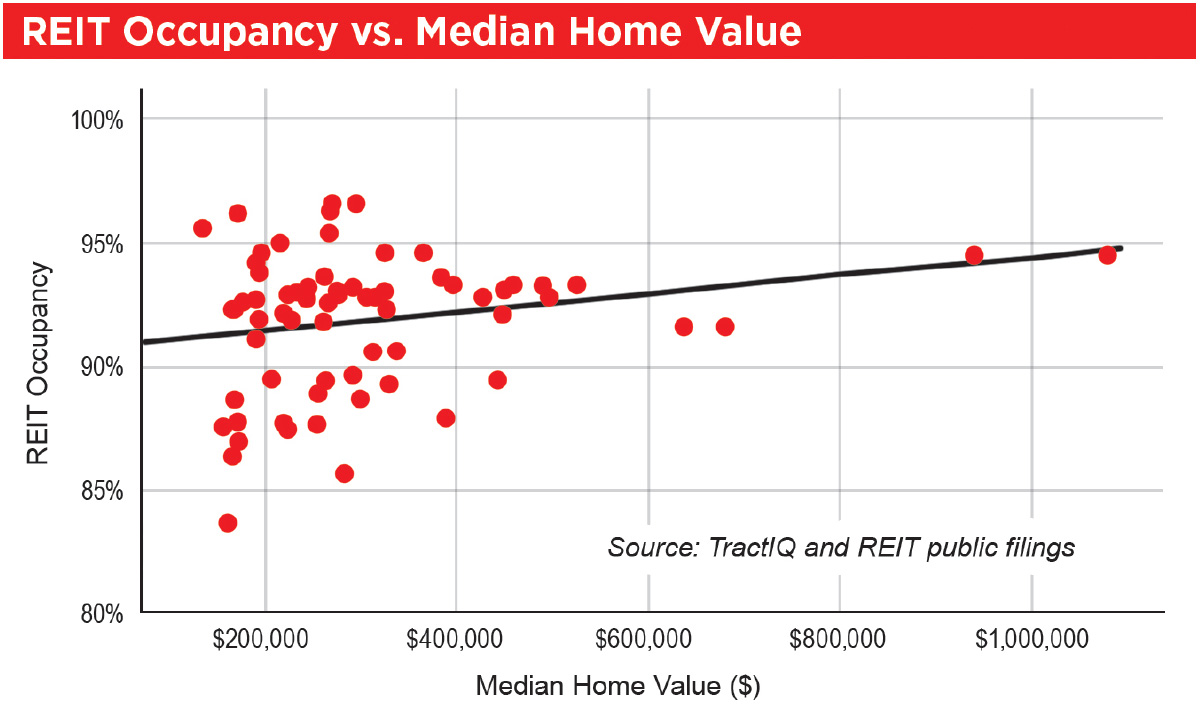
It makes sense that median home value is not a driver of occupancy in self-storage. Occupancy is more likely tied to factors such as:
- Incoming self-storage supply,
- Competition (different pricing, promotion, and discounting strategies), and
- Accessibility and visibility from a major road with high daily traffic counts.
What does occupancy tell us about rates (achieved and street) in a given market?
See Chart 6 – Achieved Rate vs. Street Rate vs. Occupancy.
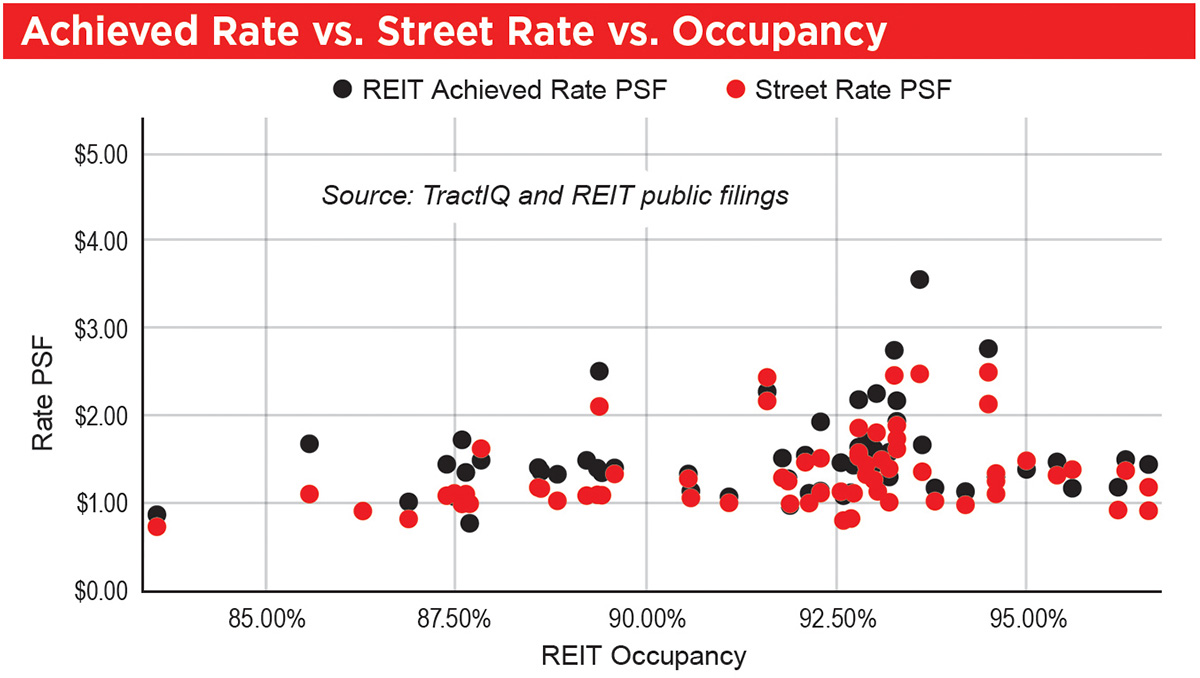
- There are very few instances where rates are above $2.00 per SF in a market with sub-90 percent occupancy.
- Ninety-one percent to 95 percent occupancy appears to be optimal for pricing as there are many instances where rates reach above $2.00 per SF.
- In markets that are 95-plus percent occupied, there are zero instances where rates crest the $2.00 per SF mark. If a facility is approaching 100 percent occupancy, there is likely money left on the table. When a facility is highly occupied, operators can afford to sacrifice a little occupancy and more than make up for the revenue lost by raising rates on existing tenants or achieving higher move-in rates.
In conclusion, data can be a powerful tool in determining what key metrics to focus on when evaluating self-storage investments. The biggest takeaways from this article are summarized below.
- Median home value is a much better (almost two times) predictor than median household income of the rates (street and achieved) a market can sustain.
- Despite the various pricing strategies among operators, street rates are an excellent predictor of achieved rates. If a market has lower street rates, it’s likely the achieved rates aren’t much better.
- Median home value and rates are not very correlated to occupancy. To predict occupancy, consider looking at key metrics like incoming storage supply, competition, accessibility, and visibility.
This article is not meant to conclude that median home value trumps all other key metrics. It’s important to look at data for every key metric to uncover the full potential of a prospective investment. Better data leads to better decisions.

elf-storage pricing is undergoing a transformation as operators navigate shifting economic conditions, consumer behavior, and competitive pressures. While the industry has long been considered recession-resistant, the latest data reveals a more nuanced landscape, one where supply expansion, evolving pricing models, and strategic revenue management are shaping the road ahead. With more than 66,000 facilities covering 2.6 billion net rentable square feet (NRSF) and an additional 4,000 projects in the pipeline, the sector is adapting to new challenges that could redefine pricing strategies in the coming years.
Rental rates have shown a slight dip over the past month, but the year-over-year (YoY) trend paints a more pronounced picture. Street rates have declined 2.5 percent to $1.38 per square foot (SF), while online rates have fallen 5.4 percent to $1.14 per SF, signaling an increasingly aggressive digital pricing approach. At their peak in Q3 2024, online discounts reached 20 percent before settling at an average 17 percent discount—a higher level than the previous year and part of a steady upward trajectory over the past three years. These trends highlight the growing importance of digital-first pricing strategies, as operators adjust incentives to attract tenants in a price-sensitive environment.
A major focus in the industry today is existing customer rate increases (ECRIs) as operators look to offset lower move-in rates and deep lease-up discounts. With interest rates somewhat stabilizing and housing trends shifting, long-term pricing optimization has become a priority. Leading REITs and operators are strategically balancing competitive introductory pricing with structured ECRIs, allowing them to sustain NOI growth even in competitive markets.
Self-storage remains one of the strongest performing real estate asset classes, ranking just behind data centers in investment appeal. Despite challenges such as market saturation, rising development costs, and regulatory pressures—including higher property taxes and stricter zoning laws—long-term demand remains robust. Key drivers include an aging population downsizing, evolving homeownership trends fueling decluttering, and increasing institutional investment, which continue to support the sector’s growth. While short-term pricing pressures persist, stable occupancy rates reflect self-storage’s adaptability, reinforcing its position as a resilient and attractive investment.
See Chart 1 – 12-Month Trend: Street vs. Online Rates.

Climate-controlled (CC) units saw a 1.3 percent decline in pricing in a month’s time, likely due to reduced seasonal demand during colder months, while non-climate-controlled (NCC) units remained stable at $1.23 per SF. Over the past year (January 2024 to January 2025), both CC and NCC unit rates declined by 2.4 percent, mirroring the broader downward trend in street rates.
See Table 1 – Rates by Unit Size.

By Top 20 MSAs
The top 20 MSAs account for 38 percent of the nation’s total NRSF, with Dallas and Houston leading the market, each surpassing 90 million square feet. Pricing trends across these key markets vary significantly, shaped by supply growth, demand drivers, and competitive pressures. While some MSAs remain undersupplied, supporting stable or rising rates, others face pricing declines due to increased competition and ongoing new development. Nationally, street rates have fallen 0.7 percent month over month (MoM) and 2.5 percent year over year (YoY), reflecting the broader impact of supply-demand imbalances.
See Table 2 – Top 20 MSAs by NRSF.

MSAs with elevated square footage per capita and high levels of new development are experiencing the sharpest rate declines. Dallas (-9.5 percent YoY), San Antonio (-13.3 percent YoY), and Atlanta (-15.1 percent YoY) have seen significant downward pressure as new supply enters the market, increasing competition and lease-up challenges.
Markets Showing Resilience
Despite the broader industry slowdown, some MSAs have maintained rate stability or even posted growth. Tampa (4.4 percent YoY) and San Francisco (1.3 percent YoY) are among the few markets where pricing has held firm, reflecting strong local demand and more balanced supply levels.
REIT-Dominated Markets with Aggressive Pricing Strategies
MSAs with a high concentration of REIT-operated facilities (50-plus percent market share) tend to employ more aggressive online pricing strategies. In Philadelphia, REIT-controlled properties discount online rates by an average of 19 percent, while Atlanta operators have implemented an average 25 percent online discounting strategy. These same MSAs are also expected to see some of the highest supply growth in 2025, with new supply increasing between 8 percent (Washington-Arlington and Miami) to over 13 percent (Atlanta), putting further pressure on pricing.
Markets with high renter populations tend to sustain stronger self-storage demand. In Los Angeles (51 percent renters) and New York (48 percent renters), despite lower square footage per capita, street rates remain above $2.00 per SF. While Los Angeles saw rate declines in line with the national average, New York experienced a steeper 7.4 percent YoY drop, likely due to economic and market-specific factors. Meanwhile, San Francisco recorded a 1.3 percent YoY increase, underscoring its strong demand foundation. Despite pricing pressures, all three markets continue to see new supply, reinforcing demand driven by dense renter populations.
Over-Supplied Markets Facing Competitive Challenges
The four MSAs with the highest square foot per capita (12-plus SF per person) are all in Texas. While Houston posted a modest 2 percent YoY rate increase, other major Texas markets (Dallas, San Antonio, and Austin) saw some of the steepest rate declines over the past year. With new supply expected to increase by an additional 4 percent in these metros, further pricing compression is likely as properties compete to stabilize lease-up rates.
Undersupplied Markets Presenting Growth Opportunities
MSAs along the East Coast, including New York, Philadelphia, and Washington-Arlington, remain attractive for future development. Despite ongoing construction activity, these markets still fall below the national average of 7.8 SF per capita, signaling further room for growth.
According to U-Haul’s Growth Index, South Carolina was the No. 1 growth state in 2024, surpassing Texas after three years at the top. Inbound moves (51.7 percent) were driven by affordable living; job growth in manufacturing, tech, and health care; and a favorable climate. Texas, North Carolina, Florida, and Tennessee follow, while California leads in net out-migration for the fifth consecutive year. Migration remains a key driver of self-storage demand, with relocations fueling both short- and long-term storage needs. As the Southeast and Southwest attract more movers, out-migration from California, the Northeast, and Midwest may intensify pricing pressure in oversupplied markets. Operators tracking these shifts can refine pricing, optimize occupancy, and identify growth opportunities in high-demand regions.
- Interest Rate Shifts And Housing Market Recovery – As borrowing costs decline, commercial real estate transactions are expected to increase, potentially boosting home sales and relocations, both of which are positive demand drivers for self-storage.
- Institutional Investment And Market Consolidation – More institutional capital is flowing into the sector, driving consolidation, operational efficiencies, and enhanced pricing strategies that improve long-term stability.
- Alternative Demand Drivers – Expansion beyond traditional residential storage into RV/boat storage, small business storage, and e-commerce fulfillment presents new growth opportunities in an evolving market.
While challenges persist, self-storage continues to demonstrate resilience, with operators who leverage data-driven pricing, optimize operational efficiencies, and identify high-growth markets best positioned for sustained success in 2025 and beyond.
Alabama, Arkansas, Colorado, Florida, Georgia, Kansas, Louisiana, Missouri, New Mexico, North Carolina, Oklahoma, South Carolina, Tennessee, and Texas


or the Q1 2025 update, the Yardi Matrix Self-Storage Supply Forecast has increased in all years by roughly 5.0 percent. The increase is primarily driven by Yardi Matrix’s continued market coverage expansion, rather than a material shift in self-storage development fundamentals.
See Self-Storage New Supply Forecast Q1 2025 vs. Q4 2024.

See Self-Storage Under-Construction Pipeline.

For all markets tracked by Yardi Matrix, 40.47 million NRSF started construction through Q3 2024, while for the full year 50.75 million NRSF in construction starts have so far been identified.
See Self-Storage Construction Starts.

From Q4 2023 through Q3 2024, 57.2 million NRSF started construction in all markets tracked by Yardi Matrix. Given current completion times, this is the under-construction inventory most likely to be completed in 2025.
See Days In Construction.

Year-over-year advertised rental rate growth remains negative in most markets. In addition, the Federal Reserve has adopted a higher-for-longer policy stance in response as economic growth and labor markets have remained stronger than expected. The difficult advertised rental rate and financing environment will be a continued headwind for new development. The slowdown in construction starts in 2024 will persist into 2025, negatively affecting new supply over the longer term.
Quarter over quarter, the planned pipeline declined 1.8 percent, while year over year it expanded by 4.4 percent. Rapid growth in the planned pipeline coincided with increased self-storage development activity in 2022 and 2023. The flat planned pipeline in 2024 is one sign that self-storage new development interest has come off post-pandemic levels.
See Self-Storage Planned Pipeline.

See Days In Planned.

The prospective pipeline declined 10.2 percent quarter over quarter and 25.3 percent year over year. The prospective pipeline expanded as self-storage development activity increased in 2022 and 2023 and peaked in Q3 2023 at 49.47 million NRSF. The current level was last seen mid-year 2022. The prospective pipeline’s steady decline suggests fewer sponsors are taking the time and effort to find suitable development sites and begin the process of obtaining development entitlements. Fewer projects beginning the development process negatively affects new supply over the longer term.
See Self-Storage Prospective Pipeline.

See Deferred Storage Properties.
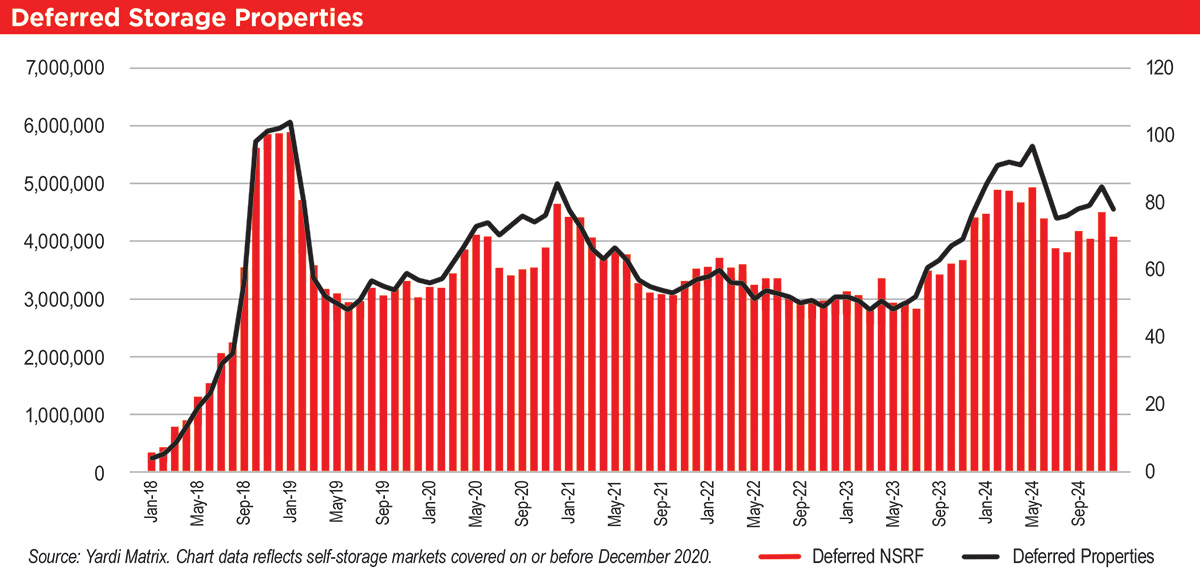
See Abandoned Storage Properties.

Advertised rental rate growth turned positive on a month-over-month basis for most markets in January. However, rate growth remains negative on a year-over-year basis. Additionally, the Federal Reserve has responded to the combination of persistent inflation pressures, a still-healthy job market and solid economic growth with a hawkish repositioning. This higher-for-longer policy stance combined with weak advertised rental rate growth suggests the 20 percent decline in new construction starts experienced in 2024 will persist into 2025, negatively affecting new supply in 2026 and into 2027.
A sharply declining prospective pipeline and still-elevated levels of deferred and abandoned projects suggest longer-term development interest is well off the peaks seen in 2022 and 2023.
As always, Yardi Matrix is extremely focused on accurately maintaining our development pipeline data and identifying any changes in self-storage development activity.

Pre-Plan with BETCO SmartReadyTM

Are you ready to get SMART?
s there anything more exciting than storing old high school yearbooks, holiday decorations, and outdated furniture? It’s understandable that self-storage may be off the list of lively dinner conversations, but real estate investors would argue the industry is anything but boring.
In recent history, the self-storage asset class has become more institutionalized and attracted large amounts of capital, but it’s a relatively small asset class compared to others. For example, it’s estimated that the multifamily asset class is valued at more than $6 trillion, while self-storage, as discussed in this article, is valued at less than $550 billion and generates approximately $38 billion in annual effective gross income.
With 2024 officially wrapped up, I’ve put together an analysis to estimate the value of the entire self-storage real estate industry. Below is the methodology backed by data, coupled with some assumptions.
See Analysis table.
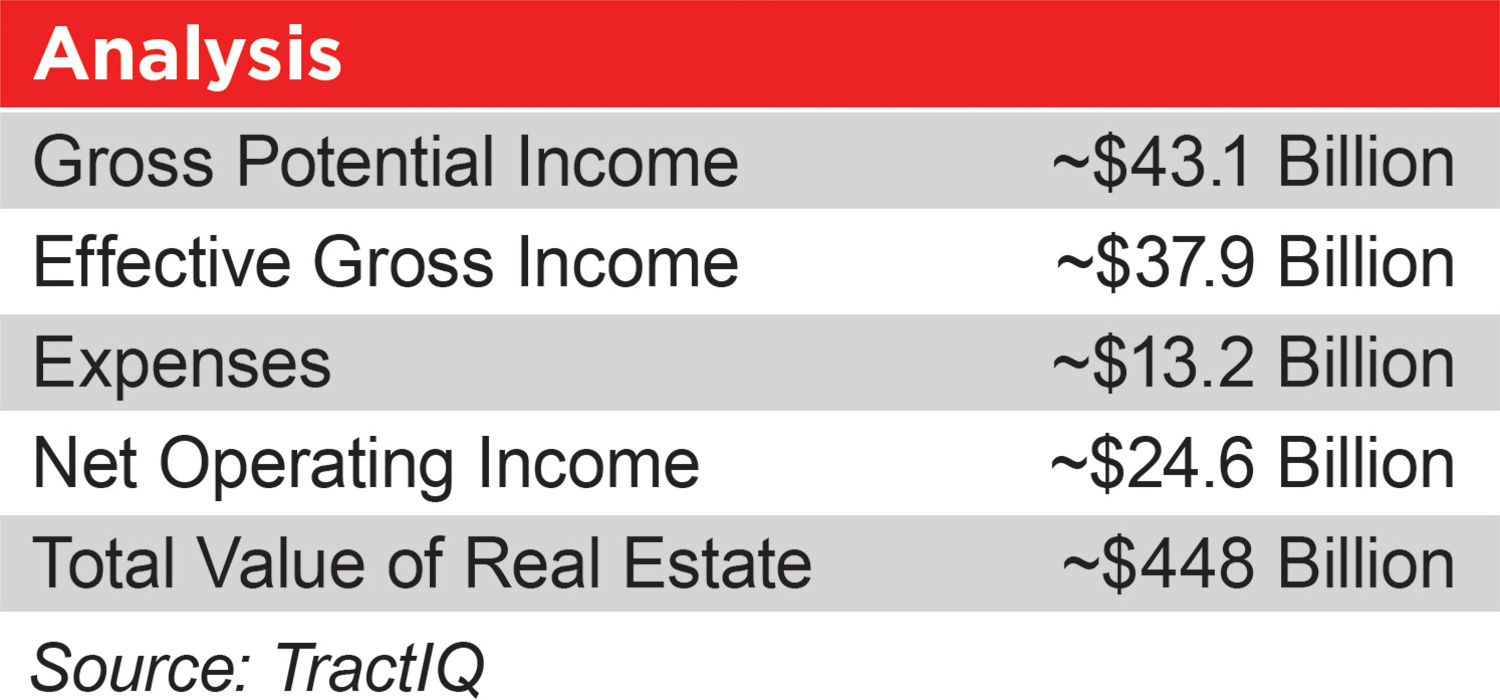
GPI also includes ancillary income from fees, insurance, billboards, retail sales, and other items. Ancillary income ranges anywhere from 0 percent of storage rental income to more than 10 percent of storage rental income, depending on the location and operator of the property. The four publicly traded REITs (Extra Space, CubeSmart, Public Storage, NSA) have ancillary income percentages that range from 4 percent to 12 percent, based on their Q3 2024 public filings. I’ve used 3 percent in my analysis as REITs represent a smaller portion of the overall industry. In addition, the 2024 Self-Storage Almanac uses 3 percent for ancillary income in their due diligence section.
Realistically, one could also apply an “achieved rate premium” to GPI, as this analysis is only utilizing street rates. The trend in 2024 showed that achieved rates were typically higher than street rates due to existing customer rate increases (ECRIs). For example, according to TractIQ’s Q3 Self-Storage REIT Report, REIT achieved rates were on average 15.6 percent higher than REIT street rates. I’ve intentionally left out applying an “achieved rate premium” to GPI because REITs only represent a fraction of the total industry, and this assumption is difficult to quantify and apply across every facility in the U.S. If you’d like to experiment with how this changes, I’ve made the model and all assumptions available here.
See Sensitivity Changes table.
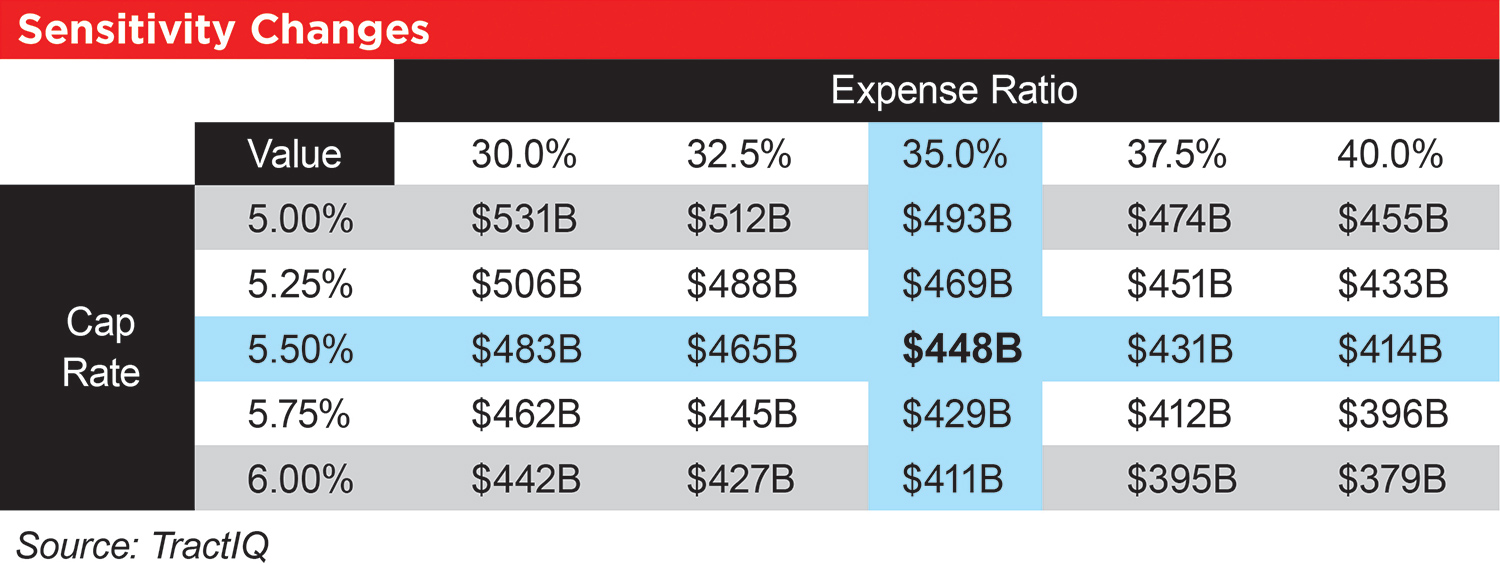
See Comparison table.
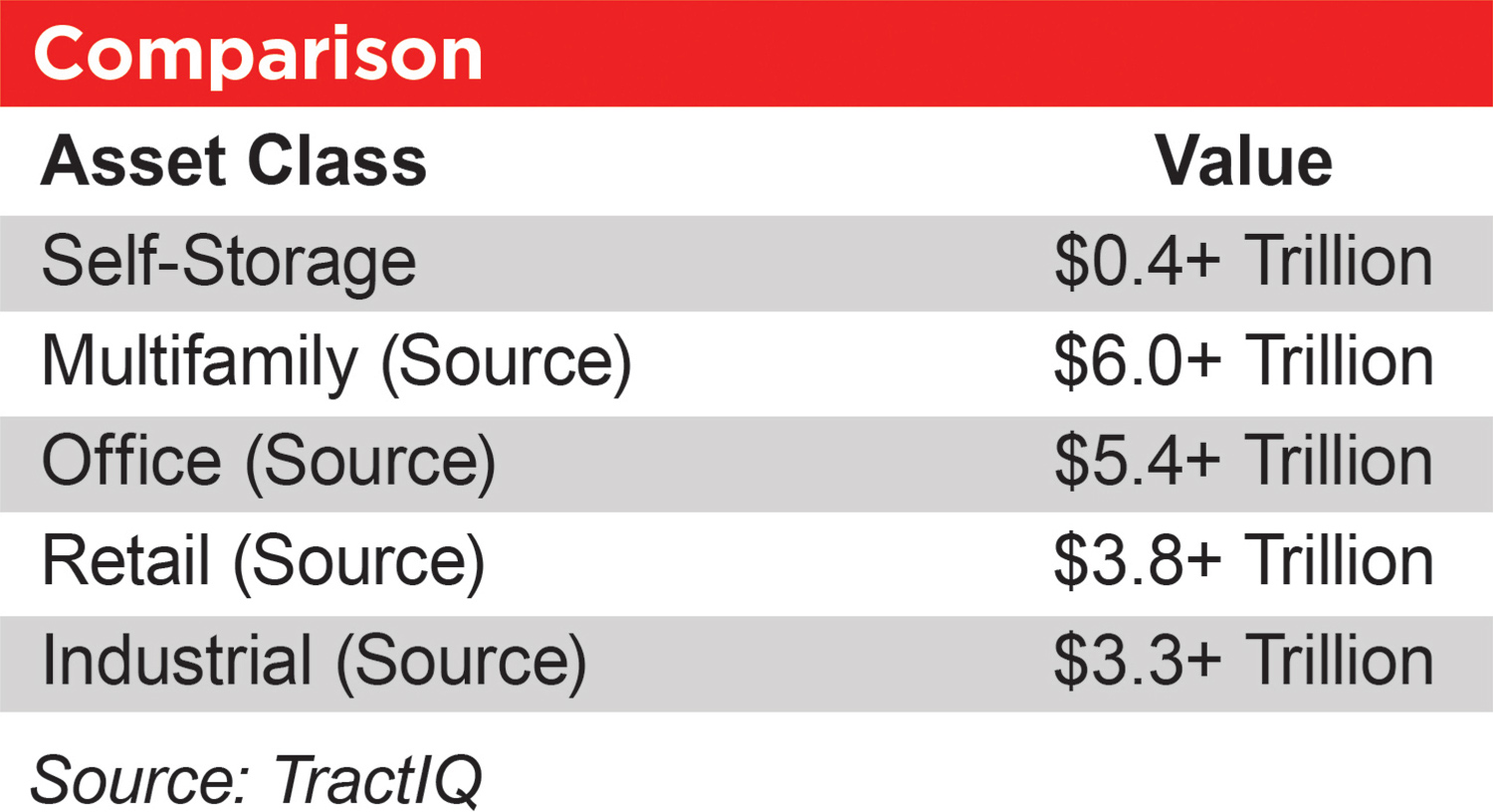

n January, self-storage industry veteran Troy Downing, CEO of Newport Beach, Calif.-based AC Self Storage Solutions, left the breathtaking vistas of Montana to enter a new realm. Today, he’s enmeshed in the daily bustle of Washington, D.C., as he serves his first term in the United States House of Representatives. While his successful self-storage ventures involved building profitable portfolios and executing lucrative deals, Downing’s current focus is on building a safer, more prosperous nation while safeguarding our freedoms.
The Congressman represents Montana’s Second Congressional District. He has been appointed to the Capital Markets Subcommittee; the Digital Assets, Financial Technology, and Artificial Intelligence Subcommittee; and the Housing and Insurance Subcommittee. Previously, Downing served as Montana’s Commissioner of Securities and Insurance and Land Board Commissioner. He held the Montana State Auditor position from 2021 until he joined the U.S. House of Representatives in January.
Downing was born in Indio, Calif., to an unmarried teen mother and didn’t meet his father until he was an adult. “I had a pretty austere beginning,” he says. “My mom worked in a grocery store, and we didn’t have a whole lot growing up.” His disadvantaged beginning and subsequent success tell a story Downing sees as “quintessentially American.”

He attended New York University (NYU) and stayed on as a research scientist and teacher at the Courant Institute of Mathematical Sciences. Downing left NYU to form a tech startup company called WebCal. “It was web-based groupware like calendars, schedulers, address books, and contact managers,” he says. “At the time, Yahoo was going from being a manually input directory to becoming a portal.”
To make the transition, Yahoo brought in a company that provided White Pages and Yellow Pages directories as well as an email client called Rocketmail, which became Yahoo Mail. They also merged with an online retail company.
“Then, they brought in my company, which was the glue with personal information management,” Downing says. “We did a pooling of interest merger at the time when Yahoo was transitioning from being a directory to being basically the first version of an internet media company, which we called a portal at the time.” The merger with Yahoo took place in 1989 while Downing was involved in other tech ventures as well, investing in startup businesses while funding and advising other small companies.
The men decided that if they weren’t picked up on the 16th, which was their extraction date, they would have to hike to Anchorage. “It was 350 miles of mountains and glaciers,” Downing says. “It could take us a year.”
They started packing up camp. “I told Gerry, ‘I don’t know what happened, but we’re not gonna repopulate the Earth,’” says Downing. “We got ready to start hiking south, and then the bush pilot came, landed on the lake, tailed up to shore, shut down the engines, and told us they’d blown up the World Trade Center.”
He hadn’t witnessed the event on TV, so Downing pictured the towers falling and completely taking out lower Manhattan. “I was the last person on the planet to find out about the attack on the World Trade Center,” he says. “That hit me in the gut. I was hit with the sadness of the loss, the danger of being attacked, and the violation of being attacked on our own soil.”
Downing thought about his humble beginning compared to where he was then, on a costly hunting trip in Alaska, flying his own plane and considering retirement in his 30s. “I asked myself, ‘What have I ever done to deserve this?’ I got into my plane and flew it to Ketchikan, on the Canadian border, where trans-border flights had been stopped. I waited for the airspace to open, flew home, and then walked into a recruiter’s office.”
When meeting the recruiter, Downing said, “I used to teach at NYU. I’ve got a pilot’s license. What can you do with me?” The recruiter asked his age, and he replied that he was 34. “The recruiter said, ‘Good. Thirty-five is the cutoff,’” Downing recalls. “I was sworn into a combat search and rescue squadron, and next thing you know, I’m off at boot camp.”

Downing served eight years in the U.S. Air Force and Air National Guard in a Combat Search and Rescue (CSAR) squadron. He completed two tours of duty in Afghanistan and participated in Operation Enduring Freedom. Downing ventured “beyond the wire” numerous times to rescue wounded soldiers on the battlefield. When he wasn’t forward deployed (stationed in a foreign country to further national interests) or on alert, he volunteered at the U.S. military hospital in Kandahar or on outreach missions.
“So, the guy doing the self-storage deal is telling me about it,” Downing says. “I said, ‘OK, let me get this straight. If they’re a day late, I can lock them out. If they’re 30 days late, I can auction off their stuff, sweep it out, and rent to somebody else. And there’s no sheetrock, no carpeting, and no toilets.’ Eureka!”

Downing says the company’s value was in turning the management around. “We had a lot of opportunity to buy these small, one-off deals, put these into portfolios, and then sell them off to one of the REITs since they wanted to have larger transaction sizes,” he says. “We had a lot of success this way, so we kept our portfolio smaller.”
The most properties AC Self Storage held at one time was 77. When the portfolio became sufficiently large, the company looked at doing their own property and casualty insurance to reduce their premiums. Downing also saw the benefits in what Bader Insurance was doing with mandatory insurance programs, so they also created their own tenant policies.
He formed SAGE Insurance Servicing, a nationwide commercial insurance company that offered tenant insurance. “We started out as a captive and then had a couple of different programs,” Downing says. “We had a commercial liability program with Great American out of Indianapolis.”
While building his business, Downing moved to Montana in 2009; he, his wife Heather, and their four grown children live in Helena today. He ran for various offices in his adopted state and had just started the tenant insurance business when he was elected as state auditor for Montana, which oversees the Commission for Insurance and Securities. “When I got sworn into that four and a half years ago, I sold my insurance company interest to my partners because I didn’t think it looked right to be the insurance commissioner and own an insurance company,” he says.
In his first legislative session in Montana, he worked with the SSA to pass the Self-Storage Insurance Act. It allows self-storage operators to sell insurance to tenants but protects the consumer as well as the business by clarifying the programs. “I’m pretty proud that we got that passed,” Downing says.
Downing believed his business experience and unique perspective on how to solve problems would make him an asset in Congress. In a June 2024 primary, he won an eight-way race to seize the Republican nomination for eastern Montana’s 2nd congressional district. He then won the seat handily in the November election with 66 percent of the votes.
After being sworn in this January, the new Congress hit the ground running and Downing describes things as getting “kind of crazy” from that point. “But we’ve got a great freshman class,” he says. He finds the time to meet up with other House members, including a comrade in the storage industry. In the alley behind the Capitol Hill Club, he says there’s a house where Republicans meet up. “I got Jefferson Shreve to come over, and we have a little self-storage ghetto,” he jokes.
Downing’s regulatory experience as state auditor, combined with his business experience, will be advantageous in his new role. He is a new member of the House Financial Services Committee and House Committee on Small Business. His technology experience will prove invaluable as well as he serves on the Digital Assets, Financial Technology, and Artificial Intelligence Subcommittee.
Downing hopes to put all his experience to work in Washington. “I want to put together teams of smart people to come up with better solutions,” he says, “and in that way, give back to this great nation.”
Downing also wants to protect, for all Americans, the kind of opportunities he was given so freely. “I want to make sure that’s not being squandered,” he says, “so that a poor kid born of an unwed teenage mom has the same opportunities I did and can have the same success that I did.”
Downing believes the industry provides a lot of opportunity for success. “There isn’t a lot of secretiveness,” he says. “If you surround yourself in an industry with a lot of good people, you can do incredible things.” What he appreciates most about self-storage owners collectively is their tendency toward cooperation and allowing access to information. “It’s been kind of an open book,” he says. “Everyone helps for the good of the order.”
From Downing’s viewpoint, success in the industry is pretty straightforward. “I agree with the time-proven axiom that the secret to overnight success is turning a crank for 10 years,” he says. “You just have to be in the game and keep turning the crank. If you’re doing things the right way, paying attention to your revenue management, your expenses, and your deferred maintenance, you can do really well because time generally cures all evils or all ills.”
Downing believes the tendency to cooperate he’s seen among self-storage operators is the same way to get things done in Congress. He says things should be accomplished through working with others and understanding that it’s a team sport, rather than propagating heated battles over every issue.

His hope is to surround himself with smart people who want to do the right things. While improving the way House members work together is Downing’s short-term goal, his ultimate goal is smaller government. “I want more markets in play, more people in play, and less government in play,” he says.
Protecting free markets is sacred in Downing’s view. He is generally opposed to legislation that caps prices, whether in self-storage or elsewhere. “The government should never be in the place of telling any market how they should price,” Downing says. “The role of government in a free market is just to make sure people don’t lie. As long as they’re honest about how they’re doing their pricing, the markets should decide.”
Downing views his responsibility as a member of the House of Representatives as an extension of his obligations to his country. “I went into the military because this country’s been really good to me,” he says, adding that the success he’s had after growing up without family money or connections was a result of grit and work ethic. “I was very successful, and when September 11th happened, I looked at my life and what I was able to do just because of the random luck of being born in this nation.”
For Downing, giving back to the country is just a given. He says the Air Force’s CSAR motto resonates strongly with him: “These things we do that others may live.” Downing plans to continue serving in the future in any capacity where his knowledge and experience is useful.
ports are not just a game. They start conversations, strengthen community pride, create heroes, and inspire new ones. They also bring people together, regardless of team, even when division may exist just outside the stadium. Because of the goodwill sports create, and the amount of eyeballs games and tournaments can capture, self-storage companies have begun making it a priority to sponsor teams both big and small and, in some instances, individuals with Rocky-esque stories we all want to root for.

Storage Post, founded in 1998 by industry veteran Bruce C. Roch, Jr., understood Americans’ connection with baseball, so in 2023, he decided to partner with the New York Yankees, which is arguably the most popular MLB team in the country. It made sense—Storage Post owns and operates 30 self-storage facilities in the New York metro area, including five properties in the Bronx, the home of the Yankees.
As the official storage provider of the Yankees, Storage Post is featured throughout the stadium on the concourse televisions, LED animation in the Great Hall, and outfield terrace deck LED signage.
Dylan Delaune, Storage Post’s COO, says that Yankees fans are highly concentrated in the markets the company serves. “We are incredibly excited to be associated with such an iconic baseball team,” says Delaune. “Their pride and winning attitude coincide with Storage Post’s goals of delivering high-quality self-storage assets and a winning customer experience.”
As part of the partnership, Storage Post is also able to provide new customers with select game tickets through its website.

“The partnership with the Chiefs made a lot of sense geographically, but really, it’s our shared goal of supporting local communities that brought us together,” said Sarah Little, managing director of digital marketing for StorageMart. “The Chiefs do many great things to give back, and we’re thrilled to have partners aligned with our values as a global company.”
Of course, the fact that the Chiefs made it to Super Bowl LIX was just icing on the cake!
Part of the arrangement with the Chiefs is the StorageMart Tackle Tracker, which counts the Chiefs’ tackles at the start of the season. For every successful tackle, StorageMart makes a monetary donation to Big Brothers Big Sisters of America.
“StorageMart and the Chiefs are two local brands with deep midwestern roots and a shared mission to give back to our communities, not just here in Missouri but across the United States and even the world,” says Cris Burnam, StorageMart CEO.


One of StorQuest’s latest endeavors is its continued sponsorship of the Bass Angler Magazine (BAM) Tournament Trail, an exclusive West Coast, professional-level bass fishing tournament circuit. It was a natural fit for the StorQuest brand, says Brooke Wiegand, vice president of marketing. “To match the culture of our company, we are always looking for ways to connect self-storage to an outdoor lifestyle and individuals needing to store gear or their personal belongings. This allows us to show our commitment to supporting the lifestyles and passions of our guests,” she says. Of course, outdoorsmen have a lot of gear, as tournament angler Mark Lassagne, the owner of the BAM Trail and Magazine, demonstrates in the following photo and video.

In 2023, SmartStop made headlines by sponsoring 2013 Indianapolis 500 winner and 2004 IndyCar Series champion Tony Kanaan who was making his last lap at the 107th Indianapolis 500. While he didn’t win, the partnership has prevailed. “Tony is now the team principal of Arrow McLaren, and he is our No. 1 brand ambassador,” says Williams. “He visits our stores, he posts on social about us, he speaks at our leadership conferences—it really gets the crowd excited to see someone like Tony versus the typical speakers you have at these events. Tony has more than 620,000 followers, and they’re loyal followers. When he mentions us, or highlights No. 6, that’s a lot of eyes on us.”

SmartStop also sponsors individual athletes across many sports, including BMX racers and MMA fighters. “We sponsor four to five fights per month with the MMA,” says Williams. “These young men and women may end up battered and bruised, but they train incredibly hard, and we’re proud to support them.”
Adds Williams with a laugh, “Their appearance after a fight can be a bit alarming, so we usually only post those promos on our Insta stories, not our main feeds!”
Ultimately, SmartStop likes to make dreams happen. “Teaming up with people who may not yet be at the top but are on their way there is important to us,” she says. “These people have a dream but may not have the financial backing they need, whether it’s for training, travel, gear, etc. SmartStop provides the support they need to get there, and then we’re able to go along on their journey with them.”
To bring this vision to life, StorQuest has launched a nationwide initiative to partner with local youth sports programs, helping young athletes chase their dreams, build confidence, and develop lifelong skills. To ensure these efforts have the greatest impact, the company has engaged its store managers, which it considers “the heart of each community,” to identify local teams and meaningful organizations for potential inclusion in the program.
“This isn’t just about putting a name on a jersey,” says Joy Martin, field marketing manager at StorQuest. “It’s about showing up for the communities that support us, helping kids stay active, and giving them the resources they need to succeed—on and off the field. Whether it’s a high school football team, youth soccer league, or little league baseball, StorQuest is committed to making a difference where it matters most.”
Support will take many forms, from financial donations and free storage space for equipment to special discounts that help keep local programs running strong. For StorQuest, these partnerships are about fostering teamwork, perseverance, and the belief that anything is possible with the right support.
“At the end of the day, success isn’t just measured in rentals—it’s measured in the impact we make,” Martin adds. “StorQuest is dedicated to giving back, inspiring the next generation, and proving that big dreams can start anywhere, even in the smallest of leagues.”
“If you are driving down the interstate and you see a billboard that just has an ad on it, you may not give it much attention,” says Paul Sickmon, president and CEO of Knox Sports. “Now, if that ad also has your favorite sports team’s logo on it, you’re going to give it a second look.”
While that can help with brand awareness, Sickmon says its effectiveness may not be lasting unless there’s an offer attached to it that can really attract fans. That’s why his company goes beyond just putting two logos together.
“Let’s say that you have a compelling offer that includes something from the team you’re working with,” he says. “It could be as simple as a unique set of koozies or pins or magnets, or maybe it’s tickets or an offer for a special fan moment with the team. Now you’ve turned the sponsorship into an experiential opportunity for fans. That’s when their fan passion really turns into business.”
Knox Sports puts a huge emphasis on ROI. “We have some clients that just simply want more web traffic, so we define the deal based on the amount that we deliver with a particular sports relationship,” says Sickmon. “Other clients need more sales, so we attach what we’re doing directly to a sales initiative so they can see what the difference is.”
If you’re not structuring a sports sponsorship that way, Sickmon feels you’re not doing it right. “Brand elevation is lovely, and sports will always do that. But it’s expensive, so we encourage every client to have a measurable ROI in mind. For self-storage companies, maybe that’s how many more units you can fill because of a particular promotion.”
Although Knox Sports does work with professional leagues, many of its clients gravitate toward college sports. “It’s less expensive and gives you year-round exposure across multiple sports,” says Sickmon, who adds that these partnerships typically focus on teams, not individual athletes. “There is a risk involved when you’re attaching yourself to an athlete’s personal brand—people make mistakes! But with a team, it’s not going to impact you if one individual on the team gets some bad press. You’re pretty much bulletproof because your relationship is with the team, not the individual.”
online.
Global Growth Market
magine a world of wealthy consumers with a passion for expensive and space-consuming hobbies, tiny homes, and only a 1 percent uptake of self-storage. It’s no fantasy land—it’s Japan. And storage is taking off there.

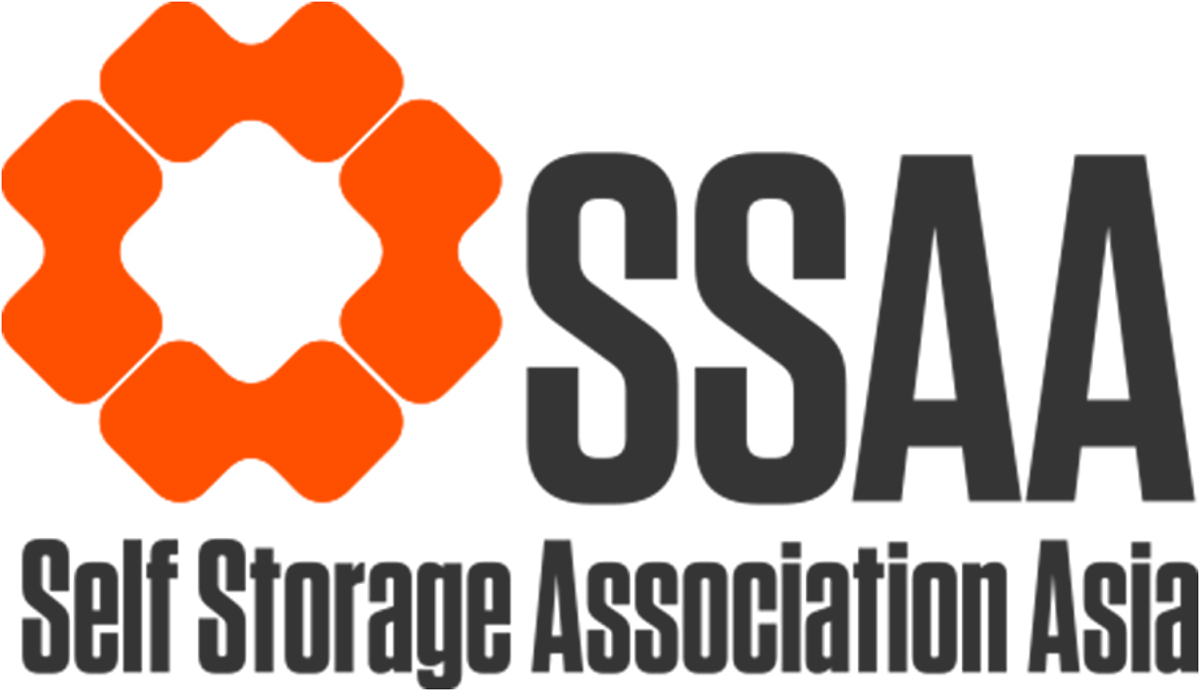
The Self Storage Expo Asia will be in Tokyo May 20th to 22nd, and investors and major operators alike will be there to find opportunities to ride that wave of growth to 2030 and beyond. They’ll also be meeting the elite of the rest of Asia’s best self-storage companies from Japan to West Asia, home to greenfield markets like Saudi Arabia, Dubai, and Jordan. This de facto CEO summit has become the go-to event for global CEOs to see the future of self-storage.
The smart money is betting that penetration will go to 2 percent, 3 percent, and beyond—still a very low penetration rate but effectively doubling and tripling the current size of the industry.

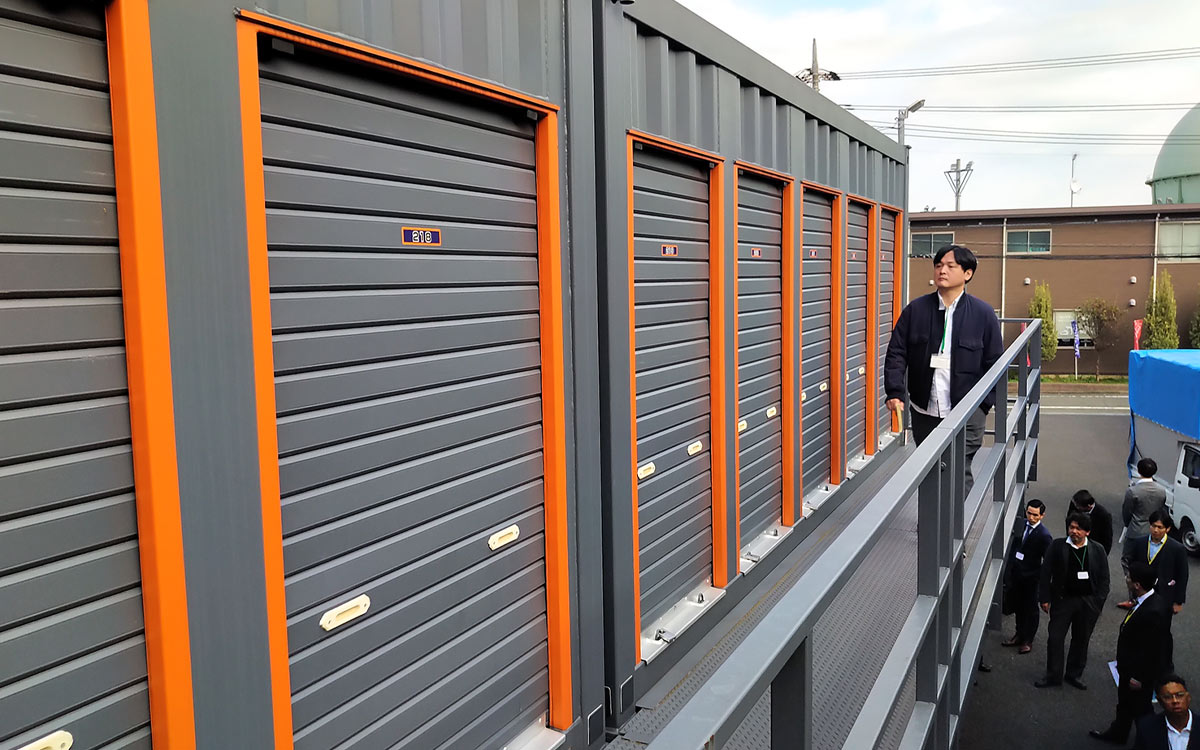


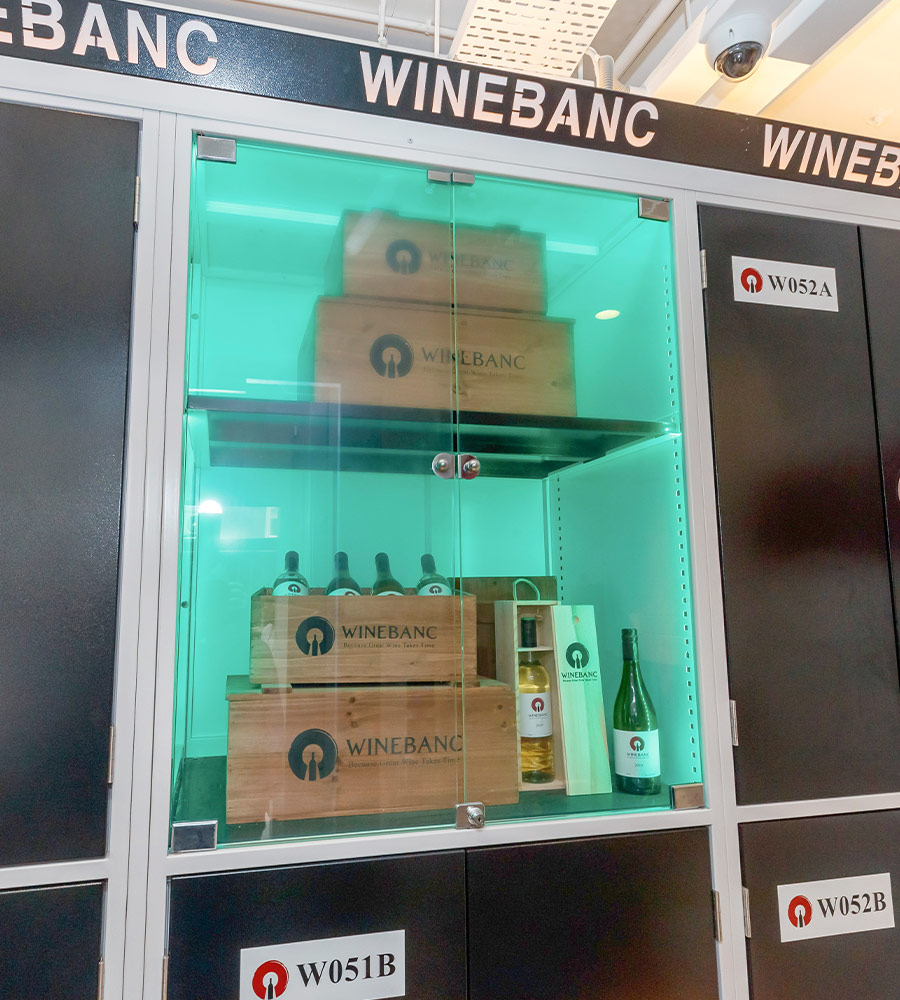

Leading Japan-watcher and renowned economist Wiliam Pesek, who will be presenting at Expo Asia, argues in Forbes that the changes in global investment sentiment towards Japan are provoking competitor countries in the region to up their game and undertake reform to boost efficiency and make their countries more competitive. It’s also pushing Japanese companies to ask how they can all improve their operations and become more attractive to foreign investment.
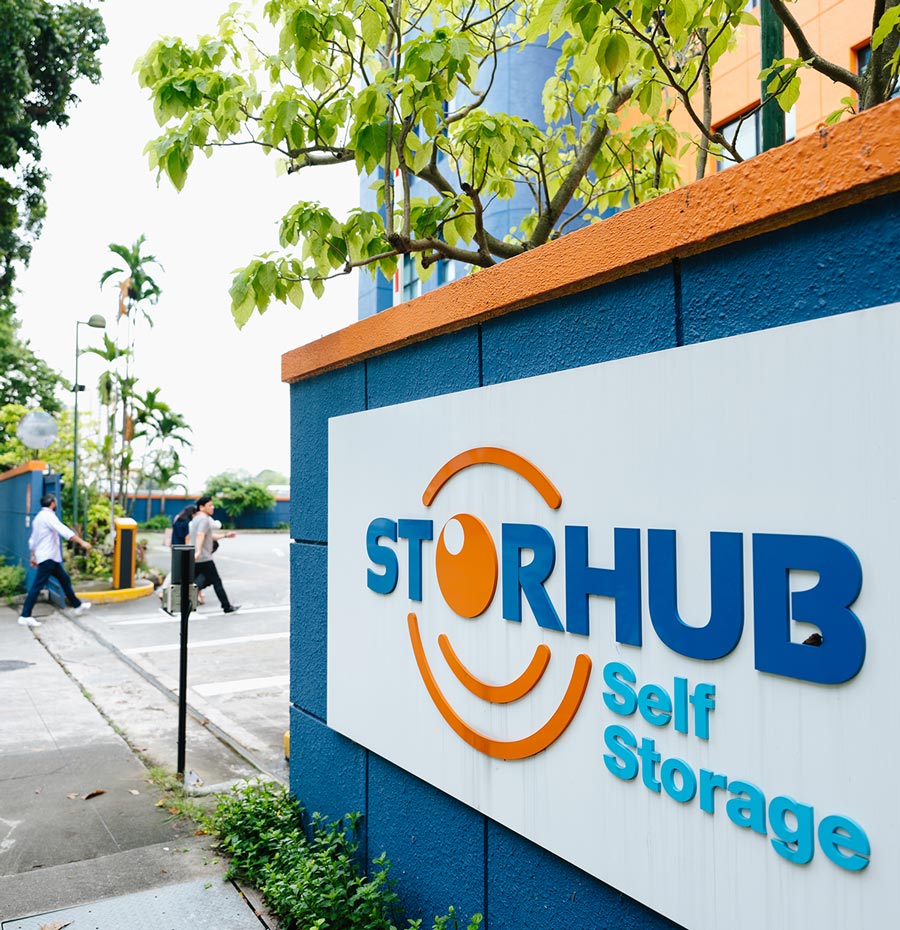




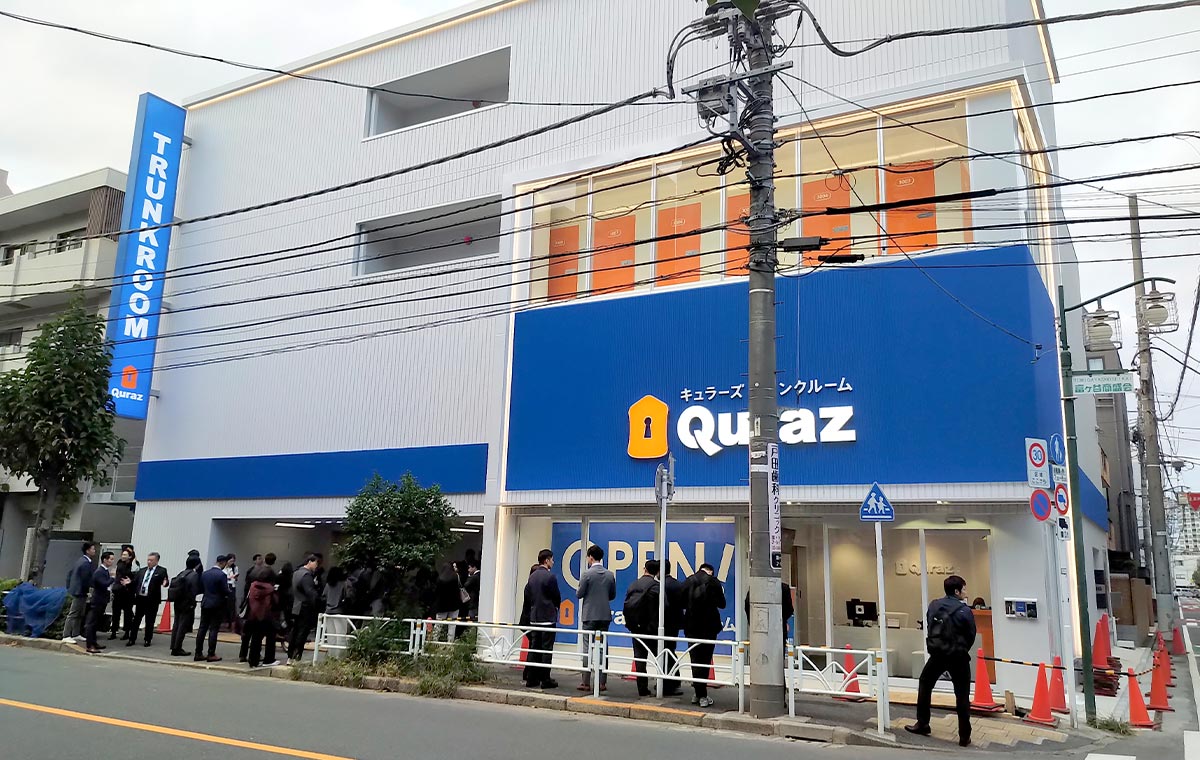
Extra Space doubled down on Japan with a strategic partnership with the aptly named Ambitious Co (branded Syuno-pit) to add to its partnership with Keiyo Logistics Co. Ltd (operating as privatebox by Extra Space). And they’re not done yet. Patricia Goh, CEO of Southeast Asia Investment, CLI, director of Storage Ventures Asia Pte. Ltd, and confirmed to speak at Expo Asia 2025, says, “ESA’s strategic partnerships with Ambitious and Keiyo Logistics will enable us to capitalize on the increasing demand for self-storage space, driven by e-commerce growth, rising urban population, smaller dwelling spaces, increased population mobility, and a higher proportion of rental households.”


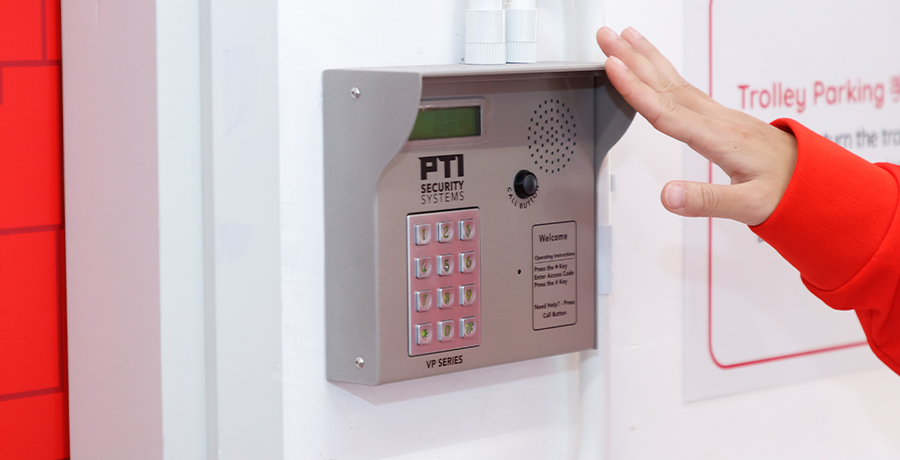
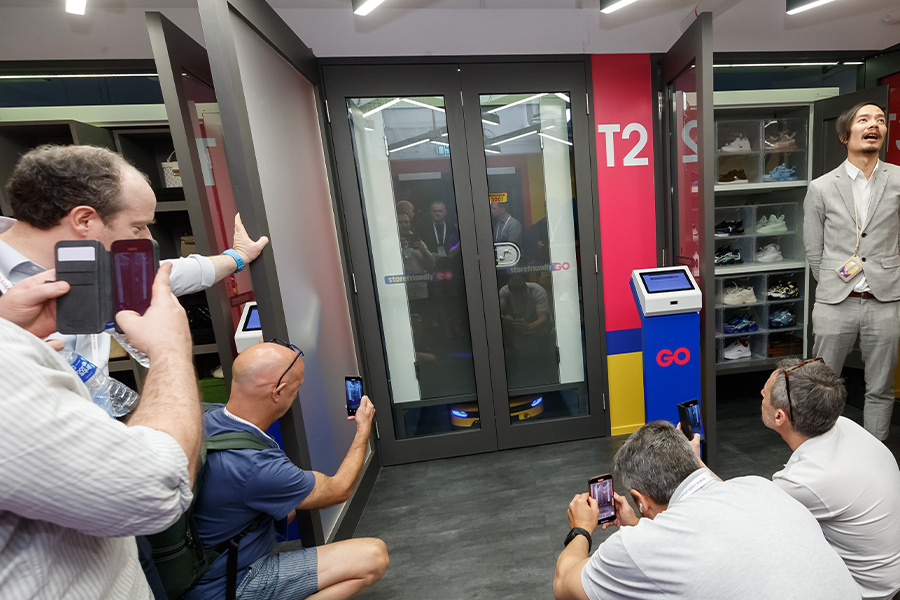

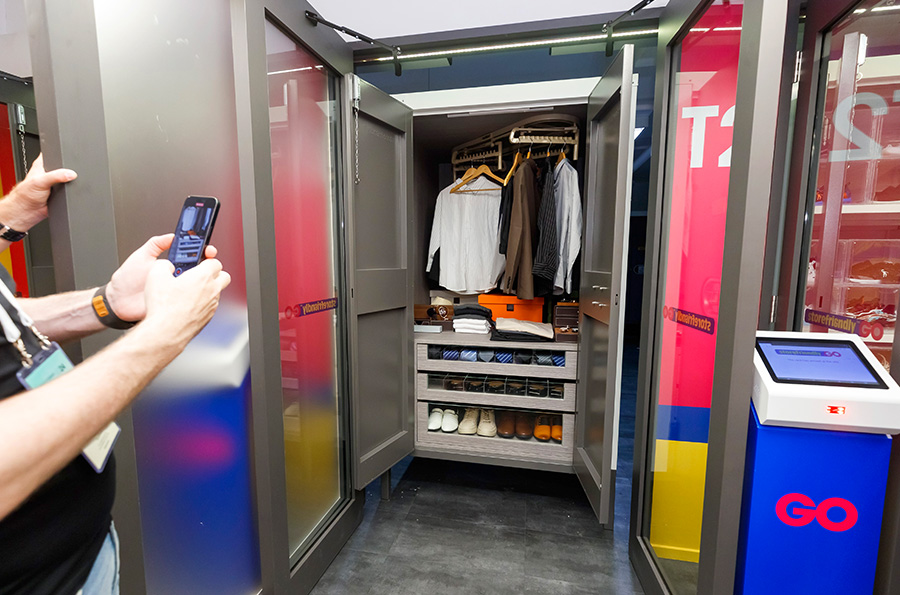
Furthermore, American funds have made long-term investments. Evergreen Real Estate invested into Quraz (Japan’s biggest firm) in 2013 and hasn’t looked back. In the process, they encouraged major financial players, like Prudential, to pioneer the financing of major deals for self-storage in Japan.
At the annual Rental Storage Association of Japan event in Tokyo in November, Korean and mainland China operators were there to explore market entry. Investment has flowed out of Japan, with Japanese capital finding its way to General Storage from Japanese conglomerate Mitsuuroko. General Storage’s brands, Hong Kong’s The Store House and Malaysia and Singapore’s Lock+Store, are attractive for their strong returns and solid ESG leadership across Asia.
So, for those who have seen, say, the recalcitrance of 7-11 Holdings (the convenience store giant) to deal with Couche-Tard, they can rest assured that the rest of Japan Inc., and especially the self-storage sector, is open for business.
The main body responsible for self-storage, the China Association of Warehousing and Distribution, says growth rates (albeit from a low base) have ranged from 20 percent to 30 percent since the first self-storage facility opened in 2008. Chinese sites appear everywhere from former fallout shelter basements in Beijing to retail shopping malls. There is even a form of “community storage,” where self-storage operators partner with housing developers to create mini-storage options on their estates for apartment dwellers.
Something Japanese and Chinese companies have in common is a tendency towards leased sites. While property ownership of self-storage operators is slowly taking off in Japan, self-storage in China is very much a leasing affair, with only 5 percent of self-storage sites in Beijing, home to 400 odd sites, wholly owned.
China operators have marked differences from operators in other countries. They have a much higher duty of KYC (know your customer) requirements on account of national security concerns. Rather than have their own standalone customer-facing technology, they need solutions that interface with the national super-app WeChat (the app Elon Musk often says he would like X to mimic).
The Singapore-headquartered, Warburg-Pincus-backed Storhub has facilities in five Chinese cities, north to south, but they are almost unique in having international backing.
Most players are homegrown and expand across the country. Big names include Koala Self Storage, Anton Self Storage, Public Self Storage, and CBD Self Storage. Some are strong in their home city, like MyCube Self Storage and Lan Ren Cang in Beijing. Competition can be fierce, so operators are constantly improving their processes, cutting costs, and finding novel ways to reach customers.
China, as an investment target, will be difficult without partnering with someone with local expertise. StorHub’s masterstroke involved investing in two of the best operators in China to gain experience and expertise, which they have retained, before expanding. Americans seeking to catch this growth wave in the early stages should start doing their research now so that they are ready as the industry takes off. It is growing now in a relatively slow (by Chinese standards) economy. When it kicks into high gear again, and consumer spending unleashes the massive consumer savings that are now being accumulated, operators in situ will be perfectly positioned to rise with the tide.
However, few of these scions were committed, and hungrier entrepreneurs first hustled and then professionalized to grow proper businesses at a decent clip. They built teams with international talent and investors came a-knocking.
Storefriendly has led the way and now, with the support of Blackstone, has multiple Storefriendly Towers in Hong Kong. They have also been leaders in introducing wine storage, facial recognition technology, and (along with their Singaporean counterparts) robotic storage.
Another major international player is Brookfield Asset Management. Their investment into RedBox Storage has seen that company elevate an already high level of professionalism (attracting the investment) and expand into new premises in Hong Kong. Some of their premises are among the biggest in the city.
StorHub has expanded quickly in Hong Kong as well, bringing wine storage and raising the standard for customer experience in the city.
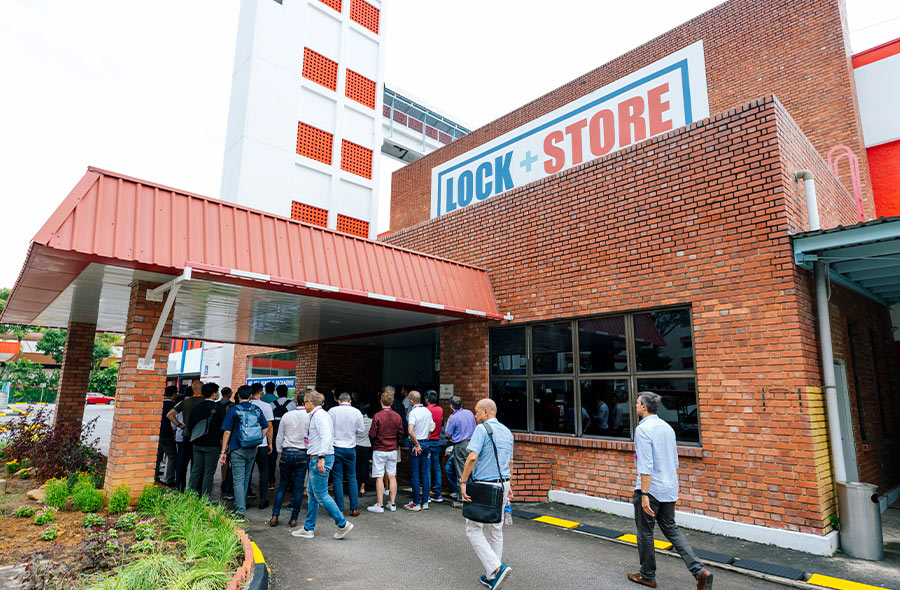

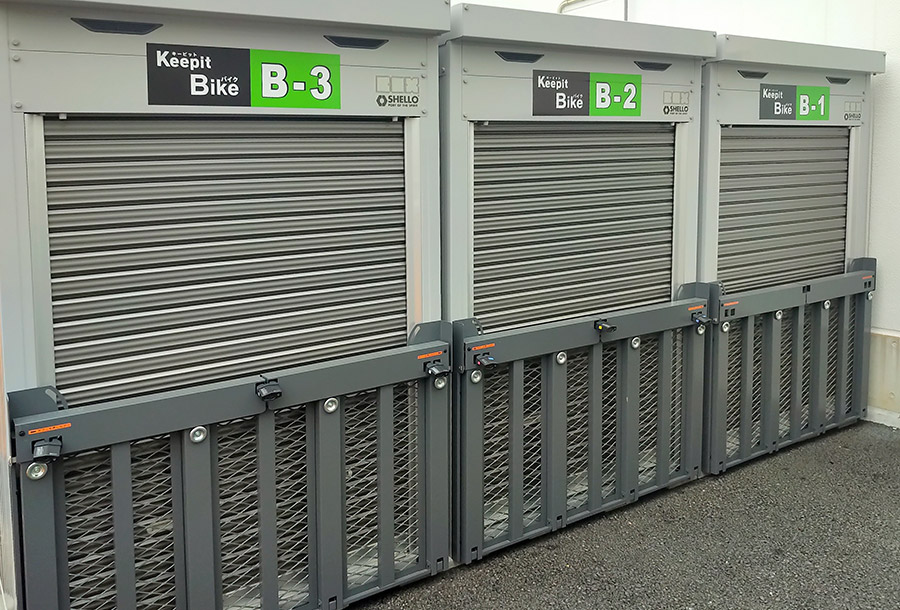
Businesses make up to 40 percent of customers, approximately 17,000 small and medium-sized businesses. A recent survey showed that self-storage is vital to their business model, showing how self-storage is a key component to the economic health of the city. Not every company can be a global multinational, and not everyone is suited to work for a Fortune 500 firm. Small businesses are the lifeblood of many communities, and self-storage is a big part of their success in Singapore.
So Much More
India is a potential runaway market; the education phase is picking up steam there as Indian consumers see their purchasing power rise and they learn about self-storage. And the aforementioned expo will also cover “West Asia,” with the affluent, greenfield economies of countries like Saudi Arabia.
The leading institutional investors in self-storage know that Asia is taking off, so they are here. What the region hasn’t seen yet is a large American, Canadian, Australian, or European brand firmly establish itself, although there are signs that the first may be coming.
For those who want to get the lowdown, they’ll have to make their way to Tokyo in May of this year to discover how they can fit into to the growth story about to take off in the world’s largest continent. It’s all happening in Asia!

Row of units at Porterville Storage
The Strategy Behind StoreIT’s Success
By Carolina Grassmann
Row of units at Porterville Storage
toreIT’s lease-up strategy has taken their facilities to 85 percent occupancy in 18 months. What’s their secret?
Based in Portland, Ore., StoreIT is a self-storage development business founded by Dr. Wayde Elliott. The company has over $68 million worth of self-storage units developed and sold. StoreIT’s lease-up strategy has taken their facilities from zero to 85 percent occupancy in just 18 months, which is an impressive feat in the self-storage industry and an achievement worth learning from.
To understand the secret behind StoreIT’s success, MSM interviewed part of the StoreIT team, including COO Valyrie German; Chase Elliott, acquisition analyst; and Ashley Pollard, executive assistant and marketing specialist. And to look at StoreIT’s success from another perspective, we also spoke to Marie Cooke, the manager of Porterville Storage, a self-storage facility developed by StoreIT.
Investing in self-storage can feel overwhelming since there’s a lot to consider, from choosing the right location for a self-storage facility to dealing with bank loans. StoreIT can help with all these things, in fact, with much more.
During the development phase, StoreIT can help guide investors through the process of selecting the ideal property for their self-storage business. The company conducts market research to identify locations that align with the investor’s demands. In addition, StoreIT also ensures that the property complies with county regulations, zoning laws, and other legal requirements, preventing potential issues that could delay or negatively impact the project.
Before a purchase is finalized, StoreIT researches the seller’s history, investigating any potential tax liens, and uncovering legal or financial complications that may be tied to the property. By addressing these concerns, StoreIT ensures that the investor makes a well-informed decision with minimized risks.
And if dealing with the bank seems challenging, don’t worry about it. StoreIT also assists its clients in navigating the loan approval process by helping organize the documentation required by banks and financial institutions.
Once the property is secured, designing the self-storage facility is an important step of the development process. StoreIT can guide the investor to develop a facility layout that maximizes space efficiency, enhances customer convenience, and meets industry best practices. The company also helps its clients manage the budget, ensuring that every design choice aligns with both financial limitations and long-term business objectives. It’s important to know that a well-designed facility not only attracts tenants but also contributes to higher occupancy rates and overall profitability, therefore this might also be considered an important step in their lease-up strategy.
Beyond design, StoreIT oversees the construction process from start to finish, making sure that it doesn’t go above budget. The company works closely with contractors to ensure that construction remains on track, preventing delays and unexpected cost overruns. The StoreIT team guarantees that each facility is completed efficiently and successfully, setting the foundation for a thriving self-storage business.
StoreIT is involved in every stage of the development process, every step of the way, and no detail is overlooked. But their work doesn’t stop once the facility is built and ready to open. StoreIT continues to support its clients by helping them attract prospective tenants and set their businesses up for success. StoreIT’s lease-up strategy is very effective, driving occupancy from zero to 85 percent in just 18 months. So, what’s their secret?
SEO means “search engine optimization,” and it’s the process of improving a website’s visibility on Google. When potential customers search for self-storage facilities in their area, it’s possible to make sure that StoreIT’s properties appear at the top of the search results. Pollard says that this is achieved through a combination of tactics, including optimizing website content with relevant keywords and building high-quality backlinks from reputable sources, for example.
Another important aspect of StoreIT’s SEO strategy is managing online reviews. Customer feedback can affect how a facility ranks on search engines, and engaging with reviews can boost credibility and visibility, according to Pollard. “Responding to those reviews, it’s a huge part of SEO,” she says. By actively responding to reviews, StoreIT not only improves customer satisfaction but also signals to search engines that the business is engaged and trustworthy.

Porterville Storage’s rental office
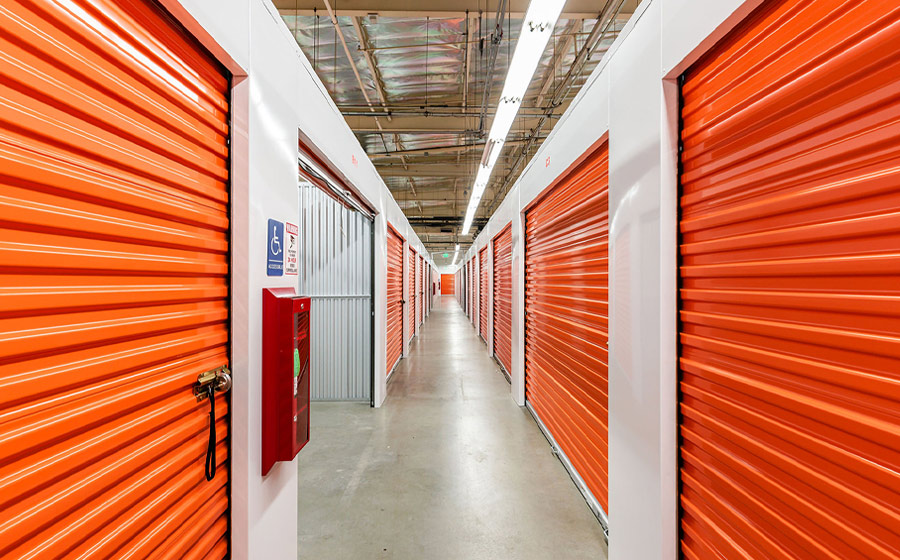

Porterville Storage’s office
“It’s important to pay attention to the age range [of the community]. Where are they getting their information from? Do they use technology frequently?” she asks. That way, it’s possible to understand if an SEO strategy can be helpful or not.
Even though there’s so much research and technicalities in the StoreIT line of work, what makes the company stand out is not only its connection with customers and tenants but also the team’s connection with each other. During our interview, when Cooke is explaining the importance of respecting and connecting with her tenants, she shares that she’s memorized all their names so that she can address them properly. “That’s not an easy task,” says German. “She has over 800 tenants.” This shows the appreciation the team members have for each other, as well as their customers/tenants. “We really foster the family kind of atmosphere,” German adds.
Acquisition analyst Chase Elliott shares that the company is “very hands on” with the self-storage facilities they develop, even after the facilities are built and functional. “My favorite part about working with self-storage is finding something, whether that be land or an existing building that people don’t necessarily know what to do with, and then creating something and making something that’s valuable,” says Elliott.
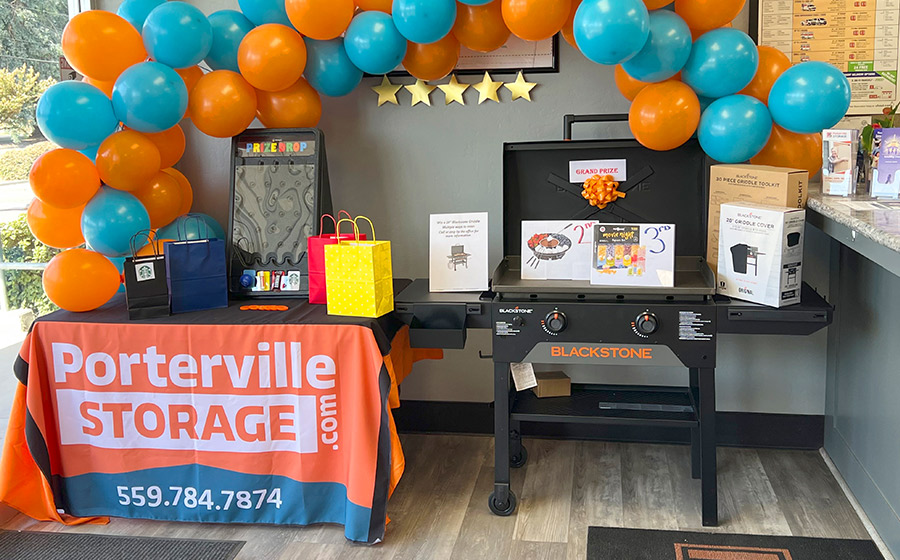
Raffle prizes
Throughout our interview, it’s noticeable how passionate the StoreIT team is about self-storage, which they jokingly say isn’t a “sexy” business, but it’s something they really enjoy. For their tenants, they try grassroots initiatives, such as adding popcorn machines to some of their facilities, so that tenants are welcomed by that comforting and delicious smell. They also organize giveaways and are always ready to help their tenants.
That is the secret: human connection. In a modern world, where everything is automatized and individualized, the power of community remains superior. Engaging in conversation, being kind and helpful, going out of your way to provide great customer service—all that goes a long way. A self-storage facility that exercises these pillars is successful because it’s where tenants want to be, where they know their items will be cared for, and where they’ll find considerate people who have their best interests in mind. According to Cooke, tenants are willing to invest in a facility like this; they might find cheaper options, but at the end of the day, quality will always be more important. “We might not be the cheapest facility in town, but we’re the best, you know?”

uccess in the storage industry depends on optimizing every square inch. As urban spaces become more crowded and customers seek greater flexibility, the demand for efficient storage solutions continues to rise. Many facilities have untapped potential in underutilized spaces, so how can they maximize it? The key lies in rethinking traditional layouts and embracing modern innovations.
This flexibility is particularly valuable for businesses looking to stay ahead of evolving customer expectations and future-proof their facilities. A well-designed hallway system enhances floor plan efficiency, accommodates a range of unit sizes, and ultimately boosts occupancy rates and return on investment.
- New Builds – Hallway systems enable the creation of high-capacity storage spaces with modular layouts, ensuring operators can offer diverse unit sizes to meet customer needs.
- Retrofitted Buildings – Many self-storage operators seek to transform non-traditional spaces into profitable storage areas. Hallway systems allow retail spaces, office buildings, and vacant floors to be repurposed effectively. Additionally, modern, well-organized facilities with clear signage and easy navigation tend to achieve higher customer retention than outdated competitors.
- Durability and Cost-Effectiveness – Built to last, these units offer a budget-friendly alternative to permanent buildings, reducing maintenance costs and enhancing return on investment.
- Scalability – They can be deployed as needed, whether for peak seasons or specific customer demands.
- Versatility – Ideal for placement in RV and boat storage facilities, perimeter parking lots, or backyards of existing properties, they ensure optimal space utilization.
- Convenience – Designed as drive-up units, they allow customers to load and unload directly from their vehicles, enhancing ease of use for those with large or heavy items.
- Hallway Systems – Improve organization and create a professional environment with varied unit sizes and configurations.
- Relocatable Units – Expand storage offerings while making loading and unloading more convenient.
- Brand Identity – Customizable features, such as unit sizes, colors, and materials, reinforce a facility’s brand, fostering trust and customer loyalty.
- User-Friendly Websites – Make it easy for potential customers to find information about available units, pricing, and services.
- Online Reservations – Secure customers before they visit the facility.
- Automated Billing – Simplify the payment process, improving customer satisfaction.
- Smart Access Systems – Offer keyless entry and mobile app access for enhanced security and convenience.
- AI-Driven Management – Advanced monitoring systems use artificial intelligence to optimize security, energy efficiency, and occupancy tracking, reducing overhead costs and streamlining operations.
As urban spaces become denser and consumer needs more diverse, forward-thinking businesses will be the ones to succeed. Explore how hallway systems and relocatable units can unlock new revenue opportunities and ensure long-term success in the self-storage industry.





Owner Brickhouse Self-Storage Georgia


Multi-property Owner Mississippi

elf-storage remains in the crosshairs of some city officials. Due to concerns over aesthetics, oversupply, a lack of job creation, or all the above, they’re restricting self-storage facilities to industrial zones, or instituting moratoriums or outright bans on new development. Once moratoriums or bans are instituted in one city, others seem to take notice, and the dominoes begin to fall.
Over the last six years, there have been self-storage moratoriums or bans in cities across at least 15 states. Though some have since lifted, most remain in place. In 2020, Radius+ highlighted several of them in cities as large as Birmingham, Ala., to smaller towns like Coon Rapids, Minn.; Milford, Conn.; Nampa, Idaho; and Vancouver, Wash. Other cities didn’t outright ban self-storage, but they did put in place stipulations. For example, in Denver, self-storage is not permitted within a quarter mile of any light-rail transit (LRT) station; in Sacramento, they’re outlawed in the area of Stockton Boulevard and Broadway to make the space “more walkable.”
As such, MSM has been reporting on the most recent moratoriums and bans. Here are some of them and the cities’ rationales behind them.

Tim Dietz, President and CEO and Self Storage Association (SSA)

Maurice Pogoda, President and Chairman of Pogoda Companies
One of the most recently proposed bans is happening now in Delta Township, Mich. The township’s board of trustees recently passed a zoning ordinance amendment prohibiting self-storage facilities from locating in commercial zones. Township Supervisor Fonda Brewer said, “Self-storage facilities are inactive land uses, provide few jobs, and represent an opportunity cost that could displace more desirable future development.”
Township Planner Director Peter Menser added, “Industrial zoning may be more appropriate for this land use given that self-storage facilities do not rely as much on high-traffic locations, are passive land uses that provide little spin-off economic activity, and are typically constructed using a building form that might better match those in an industrial area.”
Self Storage Association of Michigan Hall-of-Famer Maurice Pogoda, president and chairman of Farmington Hills, Mich.-based Pogoda Companies, can only just shake his head at these types of statements. “I try to take off that hat of self-interest to see things from these city and council members’ perspectives,” says Pogoda. “Try as I might, I just don’t get it. I mean, 35 years ago, sure. Self-storage was mostly rows of garage doors and not particularly attractive, but we’re so beyond that now. Today’s self-storage facilities can go up against some of the most beautifully designed buildings in any industry.”
Pogoda also thinks, in this particular case, that Delta Township is trying to liken itself to the more picturesque small town Michigan cities of Petoskey, Birmingham, and Rochester, which are lined with boutique shops and cozy cafés. These delusions of grandeur are causing them to lift their nose at the idea of self-storage. “No offense to Delta Township, but that’s just not going to happen. Those other cities originated naturally, organically, and then they grew,” says Pogoda. “Since then, they’ve been good shepherds of those areas and making them even better. But areas like Delta Township should be welcoming self-storage. Our product today is nicer than most anything else they have. This could also be why other cities are implementing moratoriums or bans. They see themselves as something they’re not.”

Officials decided this empty lot, which has remained vacant since 2018, was a better look for Rockford, Ill., than a self-storage facility with retail and green space.
He makes a point that self-storage doesn’t generate a lot of traffic, which is good for the roads. Plus, facilities have a very minimal impact on sewer infrastructure, which is vital when encouraging additional developments in high-growth markets. “You know, not everything has to be a McDonald’s, or a shopping center generating huge amounts of traffic and waste,” says Pogoda. “There’s a place for all of us.”
The late Charlie Fritts, who was president of the Northeast Self Storage Association until his passing last year, told MSM in 2023, when Providence, R.I., was being hit with moratoriums, that he had another hypothesis as to why council members fixated on the lack of employees: votes. “Businesses don’t vote, people do,” Fritts said. “So, a storage facility moves in, and council members don’t get a whole lot of votes from them. Now, put in a housing complex, and suddenly there’s 300 votes they can work for.”



The Rockford, Ill. property today
Wrapping self-storage in retail doesn’t always work, however. In 2024, city council members in Rockford, Ill., rejected a deal that would have allowed U-Haul to convert a former Kmart, which had sat vacant since 2018, into a self-storage facility that would have included at least two new restaurants or retail shops. Orput Companies, the developer working with U-Haul at the time, also agreed to make pedestrian safety improvements and build green space in the center of the existing parking lot that would improve stormwater detention.
In a 10-2 vote, the project was denied. Alderman Mark Bonne, who opposed the deal, said, “No matter how much you dress this project up, [self-storage and truck rental] represents a disappointing trend of second-rate use for what should be prime commercial property.”
Alderwoman Gabrielle Torina, who was in favor of the development, didn’t mince words when expressing her disappointment. “I guess since we don’t envision a U-Haul there with this tenant, we just envision an empty lot,” she said, adding that she doesn’t foresee another big box retailer moving in, leaving the space vacant indefinitely. “So, we’re voting on not to develop at all.”
Pogoda says it’s very shortsighted of the Rockford council members. “Classifying self-storage as second rate is ignorant of what self-storage is, its uses, and its place in the community. If this property had been vacant since 2018 or before, the market has spoken about what is the best use. It will likely remain vacant for a very long time.”
He is not wrong. MSM investigated the lot in late February of this year and found that U-Haul, which owns the property, is selling moving supplies out of the building under an unofficial banner, but the company has still been unable to convert it due to the city regulations. And there have been no takers on the property. “We’re still trying to work with the city to make this self-storage,” a U-Haul rep said when contacted about the site’s status.
Pogoda recalls converting a former Kmart in Charlevoix, Mich., to self-storage in 2022 after it had sat vacant for years. “We did a beautiful development and have had many people in the community thank us for taking away a blighted property and doing something tasteful and nice with it,” says Pogoda.
Tom Gibbons, director of the Toledo Plan Commission, has a somewhat different outlook, believing that they typically inhabit otherwise vacant spaces. “They take up space that really isn’t getting used,” said Gibbons. “If something does come along, and it’s making [the space] a better use, then it’s pretty easy to clear the site. It’s not tough to take down a square box.”
With facilities throughout Ohio, Pogoda also has some thoughts on these conversations. He says that while Gibbons seems to look more favorably at allowing self-storage development to proceed, the idea that new properties can simply be torn down is outdated; self-storage doesn’t look like the “square boxes” of yesterday.
“Back in the day, sure, that’s what self-storage often was—a land play. You’d set it up to make some money until a better use came along,” says Pogoda, “but the facilities built today are built to stay. They’re not eyesores; many of them beautify the area.”
Pogoda would be willing to bet that no more than 100 facilities have ever been torn down to put something else in its place—and those that have been were probably because the city used eminent domain to acquire the property to put in a highway interchange or similar.
“Something else to think about: Tenants are paying more to rent than in the past, to offset construction costs, and when they are shelling out that kind of money, they don’t want to be going back and forth into an industrial zone,” adds Pogoda. “They want the facility to be on the main drag, just like the owners do. A good location makes it more convenient and more safe.”
Of course, that was 2020. That year, demand for self-storage spiked to unprecedented levels as working and living spaces changed rapidly. Occupancies averaged 96.5 percent at the time, and average rent prices soared. So of course, developers rushed into the space to build new inventory.
“Some markets are overbuilt, but that can happen when there’s a temporary frenzy in a hot spot,” Joe Shoen, CEO of U-Haul, told MSM in our 2025 outlook story. “But there’s still a lot of room to grow in the storage business.”
Pogoda feels the same. He acknowledges that while some unskilled developers may have tried building willy-nilly during the pandemic boom, contributing to some oversupply, he thinks the market reset has solved for this. “Post-pandemic, construction costs skyrocketed, maybe 40 [percent] to 50 percent higher than it was before. This has really helped weed out the ‘newbies’ that are inexperienced or haven’t done their homework. Ultimately, this is good for the industry.
Pogoda believes that in time, bans will be lifted, and moratoriums may cease as self-storage continues to grow in acceptance. “The industry has changed, and our behaviors have changed, especially since the pandemic. Self-storage has become part of people’s lifestyle and their needs.”
Until that day, though, Pogoda says cities will have a fight on their hands. “The Self Storage Association of Michigan will push back. My son, Daniel, is on the board, and I know he’s well aware of these situations. And they’re doing what they can to not let these bans and moratoriums stand.”
Dietz says the SSA will also continue to advocate for the industry on a national level. “Since 2004, the association has influenced nearly 500 laws that have redefined the regulatory landscape.”
It’s a safe bet that they won’t stop until unfair bans and moratoriums stop too.

Call: 877-350-4104
Email: Results@StoragePRO.com
StoragePROmanagement.com

n the dynamic world of real estate development, the self-storage sector has proven to be both lucrative and challenging. In Canada, this industry faces a unique set of obstacles that are intensifying, particularly due to soaring land costs and stringent material requirements imposed by rigorous fire codes. Cody Hulme from Trachte Building Systems delves into these pressing challenges, analyzing their impact on the industry and exploring potential solutions.
Jan Belik, head of acquisitions at Access Storage, expresses the severity of the situation. “Municipal development fees have become very expensive in Ontario,” he says. “No matter what kind of building you are doing, the government wants their piece of the pie before a shovel hits the dirt.”
The permitting process adds another layer of complexity and expense. Obtaining the necessary approvals can be a lengthy and unpredictable ordeal, further complicated by potential changes in design requirements imposed during the process. The bureaucratic hurdles not only delay projects but also add unforeseen costs, undermining the financial viability of developments.
Groundbreaking Development
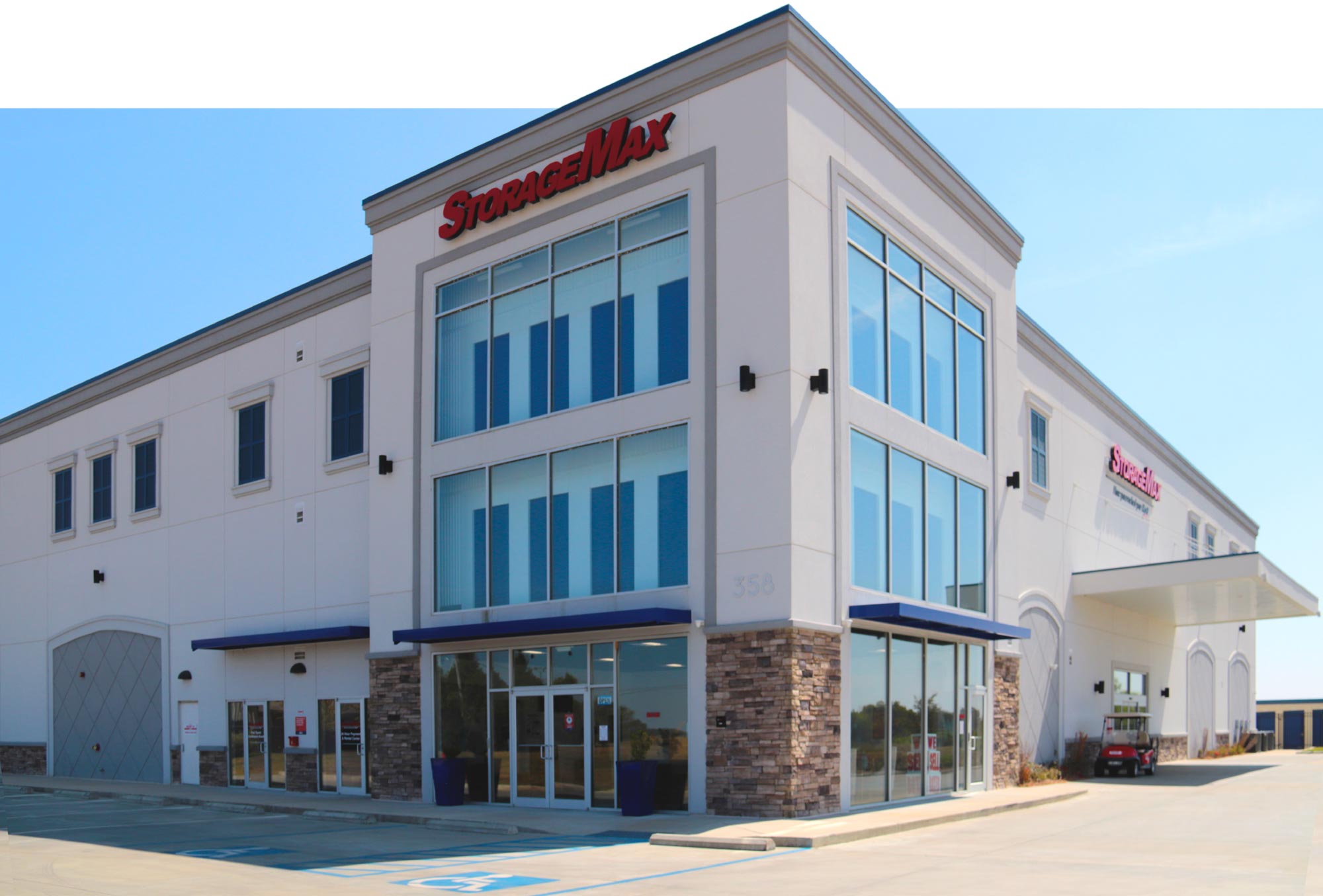
hen Germantown High School in Gluckstadt, Miss., has a home game, everyone hopes for a win. While that’s not guaranteed, they can count on StorageMax, just across the street, to be lit up with the school’s colors. It’s just one way the facility connects with the community.
StorageMax moved in two years ago. The facility was designed by Trulock Architecture and built by JMWilliams Contractors in just 10 months, but planning began much sooner. The StorageMax team met early with community members, hosting a town hall to discuss the facility façade, traffic, and more. This allowed them to handle concerns before going to the city board, which made garnering approval much easier.
With community feedback, things fell into place: Decorative arches and a stacked stone base were added, along with a textured metal panel on exterior-facing surfaces. A local landscape architect was also brought in to sow the seeds of over 200 plants from more than 20 species.
Today, the three-story, 87,900-net-rentable-square-foot facility offers 704 climate-controlled and drive-up units and has a Sitelink-controlled kiosk room for 24/7 move-ins and move-outs. StorageMax is managed by Storage Park Development, Inc., and secured by OpenTech CIA and Janus International. Phase 2, which will add more storage space, will be underway soon!












Additions
Ancillary Services
n the increasingly competitive self-storage industry across the U.S., successful operators are discovering that diversifying with the use of ancillary services can significantly boost revenue and enhance customer experience.
Based on interviews with industry experts, this detailed overview explores how storage facilities are diversifying their offerings beyond traditional storage units and creating additional revenue streams all while meeting evolving customer needs.
Al Gardes, director of operations at Elmwood Self Storage, explains how thorough local market analysis can lead to unique opportunities. “Being in New Orleans, a party town known for food and drink, we recognized there was no professional wine cellar in the city,” he says. “That insight led us to include an elaborate wine cellar from the beginning, which has been wildly successful.” The wine cellar proved so popular that they expanded it after 10 years, showing how well-chosen ancillary services can grow over time.
Traditionally, storage facilities provided the core service of renting out space for personal and business belongings. However, over time, many have diversified their offerings by introducing ancillary services—those additional services that complement the primary storage function.
Ensure Adequate Staff Training
Implementing ancillary services often requires additional staff or a shift in roles. As Gibson notes, “You don’t know when you first sign up for something how busy it’s going to be.” Some sites may need to hire part-time employees for specific services like truck rentals, while others may find that their existing staff can absorb the extra workload. Balancing additional services with the core function of managing storage units is crucial to avoid overburdening employees.
Maintain Clear Pricing Structures
Transparent and competitive pricing is critical to customer satisfaction. Operators should ensure that the costs for additional services are clearly communicated, with no hidden fees. “Always put an actual price on it,” says Mixon. “Sometimes they just put it above and then the customers don’t always see it, or they put it somewhere close, and you can’t tell which one, which price goes with what, and they don’t like to ask. So, it’s much better to make sure you’re merchandising really well.” This builds trust and allows customers to make informed decisions.
Monitor Space Utilization
Facilities need to carefully assess whether they have the available space to incorporate ancillary services without interfering with their core business. Ray McRae, another industry expert, says, “If space is an issue, and the sideline will interfere with the base storage business, then it may not be right for that location.”
This consideration can extend to parts of a facility, such as parking availability for truck rentals, office space for retail displays, overall facility layout and traffic flow, and storage unit optimization.
Regular Service Evaluation
Regular evaluation ensures that services remain relevant and effective. Gibson says to ask yourself, “Did that really make sense at that point? Was it something good for the business? Did it bring us any additional business, or was it just a service that we were performing, and we were basically breaking even?” By tracking performance over time, operators can decide whether to continue, adjust, or discontinue certain services based on their impact.
Wine connoisseurs benefit from these specialized units, and some facilities take it a step further by offering tasting areas where customers can enjoy their collections in an upscale environment. “We do a lot of personal marketing, visiting all the wine shops in town to constantly remind them what we offer and how it can be a win-win for their high-end customers,” says Gardes.
As security concerns are also top of mind for customers, many storage facilities are enhancing their offerings with advanced security services. For instance, some now provide safe deposit boxes with 24/7 access, giving clients a secure space to store valuables such as important documents, jewelry, or heirlooms.
Regional Needs
Gardes also notes to pay attention to the local area to identify the specific needs of the residents. “Tulane University, our biggest university here, has a massive, multi-billion-dollar art collection. And so, their building on campus had gotten badly damaged in Katrina. They had to move the art, the sculpture, everything out as soon as possible,” he says. “When they did their research, they found we were the only ones that had a reputation for being able to handle high-end goods. So, they moved their entire collection here and they stayed with us for multiple years until that building was redone again, but it led us to then having other museums store with us.” This fostered a creative competitive advantage for the overall facility as a result.
Mixon describes her experience local to Hawaii. “We added surfboard storage racks across from a popular beach. The first rack of 12 spots filled immediately, so we added 24 more, which also rented quickly.”
She also notes the positive impact of understanding different cultural habits. “In Hawaii and Asia, customers utilize vertical space much more efficiently than in mainland U.S., affecting how we approach box sales and storage solutions.”
Additionally, they host events or partner with local businesses to engage with the community, as seen with Gardes’ charity events for organizations like Children’s Hospital. “We pay for these things to get people to come in, planting the seed for future reference. We’ve gotten a lot of business from these high-end social events.”
If there are gaps within the operational sector, such as costs, impact on core storage business, staff time allocation, customer satisfaction, space utilization efficiency, and marketing positioning, then they should be analyzed before choosing to shut down a service all together.
“Propane was one of them where it was costing us more for propane and the repairs of the propane tank versus what we were selling,” says Gibson. “And so we were upside down. We were losing money. For the training, for the upkeep, for all the things that it required us to do in order to be able to offer that didn’t make sense anymore because we were spending money to offer that.”
One of the most significant trends in the self-storage industry is the integration of advanced technology to improve both the operational efficiency of storage facilities and create a positive experience for customers.
Digital Security Solutions
More storage facilities are offering digital security features that go beyond traditional locks and keys. Individual units are equipped with smart locks that can be controlled via mobile apps or keypads.
McRae notes that they can also be outsourced. “For a long time, there was no coverage for vehicles being stored. Now there are some products out there that are similar to property protection for storage units that will pay an administration fee to operators for selling their product.” These systems provide tenants with greater control over access, and some even offer real-time notifications when someone enters or exits their unit. This tech-savvy approach appeals to customers who are concerned about the safety of their belongings.
Mobile Apps For Service Access
Mobile apps are becoming a standard feature for many self-storage facilities. These apps enable customers to manage their accounts, pay bills, and access their storage units remotely. This convenience not only enhances the customer experience but also streamlines the day-to-day operations of the facility.
Automated Payment Systems
The rise of automated payment systems allows tenants to pay their bills online or through automated kiosks at the facility. This contactless payment option is ideal for customers who prefer to manage their accounts digitally, offering greater flexibility in payment methods and reducing the risk of late fees.
Remote Monitoring Capabilities
With increasing demand for real-time security, many storage facilities are incorporating remote monitoring features. These systems allow facility managers to monitor security cameras and other surveillance equipment from a distance, ensuring that the premises remain secure at all times. Facility managers can respond to incidents quickly without needing to be physically on site.
Conference Room Rentals
As remote work continues to rise, and small businesses look for flexible office solutions, some storage facilities are now offering conference room rentals. “They put a conference room in, and they don’t really use it, so they were advertising that small conference area, and you could get it weekly or a few days at an individual day rate,” says Mixon. “So they had some of their customers that were in the units that were using it, but also new customers that weren’t renting previously.”
Vehicle Upkeep Plans
As more customers use storage facilities for their vehicles, there is a growing demand for additional services such as vehicle protection plans. These plans might include maintenance services, such as oil changes and tire rotations, or protection against weather-related damage. Offering such services makes sense for storage facilities that store high-value cars, RVs, or boats, as customers often seek ways to protect their vehicles while they are in storage.
Specialized Storage For High-Value Items
As the market for high-value goods grows, specialized storage options have emerged. These include storage units designed to accommodate items like art, antiques, or luxury goods, offering enhanced security, climate control, and even inventory management services. This trend speaks to the increasing demand for secure, customized storage solutions for valuable and fragile items.
The future of ancillary services in self-storage will likely continue to evolve with changing consumer needs and technological advancement. Successful operators will continue to be those who can identify and implement new services while maintaining operational efficiency and customer satisfaction. As the industry continues to mature, the role of ancillary services in driving revenue and customer retention will only become more significant.

he self-storage industry has undergone a period of remarkable expansion, establishing itself as a key player in the real estate sector. While the current pace of new facility development may have stabilized, the cumulative effect of this growth has intensified competition within the industry. Furthermore, tenant expectations continue to evolve in tandem with technological advancements. To thrive in this dynamic environment, self-storage operators need to leverage technology that optimizes their operations, maximizes revenue, and enhances the tenant experience. A modern property management software (PMS) is the key to unlocking your facility’s full revenue potential and staying ahead of the curve.
Gone are the days of relying on clunky, outdated software and inefficient manual processes to manage your self-storage facility. Frankly, you can’t afford to any longer. While yesterday’s technology might still “work,” today’s tenants expect a seamless digital experience, from online rentals and payments to automated communication and self-service options. A robust PMS empowers you to meet these expectations, leaving your competition in the dust while you streamline your operations and maximize facility revenue. Failing to adapt could mean losing tenants, missing out on revenue opportunities, and ultimately falling behind in an increasingly competitive market.
Here are the top five reasons why investing in a modern PMS is essential for your self-storage success.
Attract And Convert Tenants
Dominate Online Search
In today’s digital world, your online presence is often the first impression a potential customer has of your business. A modern self-storage website acts as a powerful magnet, drawing tenants in through strategic search engine optimization (SEO). These websites are meticulously crafted with SEO best practices woven into their very foundation. This means they’re not just visually appealing, they’re designed to rank highly in search results when potential customers search for storage options in your area. From keyword optimization and mobile responsiveness to user-friendly navigation and compelling content, every element is strategically aligned to enhance visibility and attract organic traffic. This increased online presence translates to more leads, higher conversion rates, and ultimately increased occupancy and revenue for your facility.
Enhance User Experience
In the fast-paced online world, every second counts. A slow-loading website can drive potential tenants away before they even see your offerings. A modern self-storage platform prioritizes page performance, ensuring your website loads quickly and provides a smooth user experience. This not only improves customer satisfaction but also boosts your search rankings, as search engines prioritize websites that offer a fast and responsive experience. Consider this: A one-second delay in page load time can result in a 7 percent reduction in conversions. A modern PMS will leverage technologies like optimized image delivery, browser caching, and content delivery networks (CDNs) to ensure your website loads lightning fast, keeping potential tenants engaged and improving your chances of securing a rental.
Drive Conversions with Online Rentals
Offer a seamless online rental experience with effortless online rentals, electronic lease signing, and secure online payment options. An integrated website and PMS solution can streamline the rental process, reduce friction for potential tenants, and increase conversion rates. Imagine a potential tenant finding your website at 11 p.m., needing a unit for an upcoming move. With a modern PMS, they can browse available units, select the one that best suits their needs, complete the rental application, sign the lease agreement electronically, and make their first payment—all from the comfort of their own home, without having to wait for business hours. This level of convenience is what today’s customers expect and a modern PMS delivers.
By leveraging the digital marketing and online rental capabilities of a modern PMS, you can effectively attract and convert more tenants, increasing occupancy rates and driving revenue growth.
Maximize Revenue
Dynamic Pricing
Adjust rental rates automatically to capture the highest possible price at any given time. Dynamic pricing algorithms analyze various factors, such as unit size, location, demand, and competitor pricing to determine the optimal rental rate for each unit. This ensures that you are not leaving money on the table by underpricing units during high-demand periods or losing potential customers by overpricing during slow periods. Think of it like airline tickets or hotel rooms; prices fluctuate based on demand and availability. A modern PMS brings this same level of sophistication to your self-storage business, allowing you to maximize revenue without constantly monitoring and manually adjusting prices.
Automated Promotions
Run targeted promotions and discounts to attract new customers and incentivize long-term rentals. A modern PMS can automate the management of promotions and discounts, allowing you to target specific customer segments and track the effectiveness of your campaigns. This can help you attract new tenants, fill vacant units, and increase customer lifetime value. For example, you can offer discounts for students during the summer months or provide a free month’s rent for customers who prepay for a year. A modern PMS allows you to easily set up these promotions, automatically apply them to eligible tenants, and track their success in attracting new business and increasing occupancy rates.
Strategic Rate Management
Strategically managing rates to maximize revenue is crucial. A modern PMS can help you analyze historical data, identify trends in occupancy and demand, and adjust your pricing accordingly. This could involve offering discounts for long-term rentals, adjusting rates based on seasonality, or implementing tiered pricing based on unit features or location within the facility. By analyzing historical data, you can identify patterns and trends, such as peak rental seasons or periods of high demand for specific unit sizes. With this information, you can proactively adjust your rates to optimize revenue and ensure you’re always charging the right price at the right time.
By implementing these revenue management strategies, you can significantly increase your revenue and profitability, ensuring the long-term success of your self-storage business.
Automate Operations
Automated Move-Ins/Move-Outs
Streamline the onboarding process with online forms, digital lease agreements, and automated gate access. Tenants can complete the entire rental process online, from signing the lease to accessing their unit, without the need for manual intervention. This saves time for both tenants and staff, reduces paperwork, and improves accuracy. Imagine a scenario where a tenant can move in without ever having to physically interact with your staff. They complete the rental agreement online, receive their gate code electronically, and can access their unit immediately. This not only provides a convenient experience for the tenant but also frees up your staff to focus on other tasks, such as providing exceptional customer service or conducting facility maintenance.
Automated Payments
Simplify payment processing with online payment options, automatic invoicing, and payment reminders. Tenants can make payments online at their convenience, and the PMS automatically generates invoices and sends reminders to reduce late payments and improve cash flow. No more manually processing checks or chasing down late payments. A modern PMS automates the entire payment process, from sending invoices to processing payments and reconciling accounts. This not only saves time but also reduces the risk of errors and ensures timely payment collection.
Automated Communication
Keep tenants informed with automated reminders, notifications, and personalized messages. The PMS can automatically send reminders for rent payments, lease renewals, and other important events. It can also facilitate personalized communication, allowing you to send targeted messages to specific tenants or groups of tenants. For example, you can automatically send birthday greetings to tenants, or remind them about upcoming rate changes. This level of automated communication helps you stay connected with your tenants, build stronger relationships, and improve customer satisfaction.
Make Decisions With Data
Track Key Metrics
Monitor occupancy rates, revenue per square foot, customer acquisition costs, and other vital metrics to understand your business performance. A PMS provides real-time access to these KPIs, allowing you to track your progress and identify areas for improvement. Imagine having a clear, concise dashboard that displays your facility’s performance at a glance. You can see your current occupancy rate, track revenue trends, and monitor customer acquisition costs, all in real time. This level of data visibility allows you to quickly identify areas where you can improve your business and make data-driven decisions to drive growth.
Identify Trends
Analyze data to identify patterns and trends in customer behavior, market conditions, and revenue streams. This can help you understand your target audience, anticipate demand fluctuations, and adjust your strategies accordingly. For example, you might notice a trend of increasing demand for smaller units during the summer months. With this information, you can adjust your marketing efforts to target customers looking for smaller units, or even consider converting some larger units into smaller ones to meet the demand.
Make Informed Decisions
Use data-driven insights to optimize pricing, marketing, and operational strategies for continued growth. By understanding your business performance and market trends, you can make informed decisions that drive revenue growth and improve efficiency. A modern PMS empowers you to move beyond gut feelings and make decisions based on concrete data. This allows you to optimize your pricing strategy, target your marketing efforts more effectively, and make operational changes that improve efficiency and enhance the tenant experience.
By harnessing the power of data analytics, you can gain a deeper understanding of your business, identify opportunities for growth, and make informed decisions that drive success.
Provide The Best Tenant Experience
Self-Service Portals
Provide tenants with 24/7 access to their account information, payment history, and communication tools through online portals. This allows tenants to manage their accounts independently, reducing the need for staff intervention and improving convenience. Imagine a tenant being able to access their account, update their contact information, view their payment history, and even submit maintenance requests—all online, at any time of day or night. This level of self-service not only empowers tenants but also frees up your staff to focus on other tasks.
Mobile-First Design
Empower tenants to manage their accounts, make payments, and access facility information from their smartphones. A mobile-first strategy provides a convenient and accessible way for tenants to interact with your facility, enhancing their experience and increasing engagement. In today’s mobile-first world, tenants expect to be able to manage their self-storage account from their smartphones. A modern PMS provides a mobile-friendly interface that allows tenants to easily access their account, make payments, and even open their unit’s door—all from their mobile devices.
Personalized Communication
Enhance communication with automated reminders, personalized messages, and targeted notifications. A PMS can help you personalize your communication with tenants, sending relevant information and offers based on their individual needs and preferences. For example, you can send automated reminders for upcoming payments and personalize those reminders with the tenant’s name and unit number. You can also send targeted notifications about promotions or special offers that are relevant to their specific needs.
By providing a seamless and convenient experience, you can increase tenant satisfaction, improve retention rates, and build a loyal customer base.

nvesting in a self-storage franchise presents an exciting opportunity for entrepreneurs seeking financial growth, stability, and long-term wealth. Franchising has a proven success model, allowing business owners to leverage established systems, brand recognition, and operational efficiencies to maximize their potential.
There are two great self-storage franchising options:
- Build a lifestyle business. This is typically a single self-storage franchise that allows you to develop a lucrative six-figure cash flow income so you can retire when you choose. Because of its dual income of business revenues and property appreciation, you are also building a significant equity nest egg that provides long-term wealth for you and generations to come. Because of the franchisor’s experience and systems, you can be a pro from day one and typically obtain many benefits you would not have on your own.
- Build a growth business by owning multiple self-storage franchises. Multi-unit franchise ownership means more business volume that equates to larger profits. Both options have several key advantages over doing it on your own or with a management company.
The key difference between option 1 and option 2 is that in option 2 you are running several outlets in a defined geographic area that provides for higher profit potentials and often less work once established. In some cases, an investor may start with a single franchise and use the equity from the first franchise facility, once full at premium rates, for the down payment on the next franchise.
Multi-unit franchise owners make up 54 percent of all franchised units in the U.S., and the average franchise with multiple units owns five locations, according to FRANdata.
By far, franchising is the most successful business model ever introduced to business. Franchising is the fabric of many people’s success. It has changed the lives and fortunes of many who may have never done it otherwise. The following are key benefits of owning multiple self-storage franchises.
Enhanced Earnings Potential
Despite the initial investment being greater than it would be for a single-unit franchise, the franchise owner can enjoy reduced expenses and higher profits as a result of the volume and benefits listed below.
Improved Efficiency
Multi-unit franchising allows you to expand your portfolio without starting from scratch each time, which allows you to accelerate your growth faster. Facilities can cross-utilize employees and resources, thus reducing costs. Owning multiple facilities also provides enhanced purchasing power. For example, even owning two facilities will often get you a discount on your insurance, lawn service, etc.
Operating multiple franchised units allows entrepreneurs to identify and nurture talent within their organization. This fosters a culture of internal promotion and ensures a pool of skilled and dedicated employees.
Less Owner Effort
Owners typically adopt less hands-on roles in daily operations by opting for experienced staff to oversee facility operations.
Reduced Risks
Operating multiple units allows the franchisee to diversify their revenue streams and reduce dependence on any single unit.
Brand Recognition, Marketing Dominance, And Control
Having multiple facilities provides brand recognition. More importantly, it reduces outside competition and allows you to have more control over rental rates. Multi-unit ownership can elevate your status with your franchisor, giving you a larger voice in the network, the opportunity to influence brand policies, and early access to new business opportunities. It may even provide you an opportunity to buy existing franchises when they are sold.
Higher Resale Values
The REITs and large players would much rather buy multiple facilities as a group vs. one at a time. They are willing to pay substantially more for this opportunity.
In conclusion, the benefits of owning multi-unit self-storage franchise are significant. Multi-unit franchising is gaining popularity as a viable franchising option over traditional single-unit franchises due to the wider variety of benefits. The choice of building a lifestyle business or a growth business is often based upon where someone is in their career. Both single-unit and multi-franchise ownership will allow you to be your own boss and take less time than the 9 to 5 job.
Marc Goodin is president of Storage Authority Franchising, www.storageauthorityfranchise.com. He owns three facilities he designed, built, and manages. He has been helping others in the self-storage industry for over 25 years. He can be reached at Marc@StorageAuthority.com or (860) 830-6764 to answer your franchising, development, marketing, sales, and operations questions.
n 1831, the philosopher Alexis de Tocqueville traveled to America, the adolescent nation that inspired his country’s revolt against the monarchy. Similar to the present day, America was led by a populist president who was the bane of what we now call coastal elites. Regardless of the political upheaval, however, Tocqueville was enamored with Americans’ proclivity to form associations. He wrote in Democracy in America, “In no country in the world has the principle of association been more successfully used or applied to a greater multitude of objects than in America.”
Brilliant as he was, I doubt that Tocqueville could have anticipated the Self Storage Association, although the industry certainly would have been a success on the Oregon Trail. Nevertheless, almost 200 years later, the Self Storage Association is part of the legacy of associations that Tocqueville observed in Jacksonian America. I want to take a few moments to reflect on two recent examples of the ongoing power of your industry associations, particularly in the area of government affairs.

Although Tocqueville would likely have been shocked to see each owner limited to one minute of testimony, I believe he would have been impressed with the power of storage owners to band together, through their associations, to oppose harmful regulation to their businesses and customers.
Second, the Self Storage Association of Michigan (SSAM), which the national association manages, recently received a request from the Detroit City Council to comment on several new regulations that are under consideration. The SSAM is now working with owners in Detroit to meet with the city councilmember interested in adding these new regulations.
Based on our experience in states without associations, it is likely that the city would not have sought out industry input but for the existence of the SSAM. To quote Tocqueville, “In civil life every man may, strictly speaking, fancy that he can provide for his own wants; in politics he can fancy no such thing.”
Of course, my colleagues and I would not be where we are without your belief in the power of associations. Thank you for being part of this unique and important feature of American life.

ltimately, whether you’re forecasting market performance using supply data, market rents, or identifying the next demand boom, success hinges on how well you interpret the data. For self-storage operators, monitoring mobility and equity trends—factors outside the typical storage sector—can also be critical. These trends shape demand as consumers relocate, remodel, and tap into home equity. By understanding the relationship between housing and mobility, the industry can better navigate the forces driving self-storage demand today.
The self-storage industry is intricately linked to the housing market, and recent years has definitely proven this. In the SSA’s 2022 Self Storage Demand Study, residential customers were asked about their reasons for renting self-storage units. Surprisingly, the percentages added up to 171 percent, not 100 percent. That’s because survey participants could choose multiple reasons. Of the 13 possible answers, eight revolve around one common theme: mobility.
For instance, “don’t have room at home” often overlaps with “storage during remodeling.” In fact, around 25 percent of remodeling projects occur within the first six months of a home sale, frequently dovetailing with “storage while changing residences.” These overlapping drivers underscore how tough it is to pinpoint exactly where demand originates; mobility-related needs come from many angles and are constantly pouring over from one bucket to another.
Turning to broader housing trends, we’re seeing home listings creep back toward pre-COVID norms. Part of that comes from unsold listings piling up. We’re at the highest level of home listings with price reductions since the Global Financial Crisis. Multifamily vacancies are also rising nationwide, with rents dropping in many markets. While only two of 26 housing experts forecast overall price drops through 2025, there’s still logic in the assumption we will see capitulation in both home prices and rent, making way for incrementally increased mobility. U-Haul’s latest financial reports noted a nearly 5 percent increase in their moving supply rentals.
On the flip side, homeowners today are sitting on a wealth of equity. Adjusted for inflation, they have about $400,000 in average home equity—far above the previous peak of $275,000 in 2005. Even if home prices were to drop by almost 22 percent, that would still outpace the 2005 peak. It’s a staggering amount of untapped equity. That point clarifies why 75 percent of home buyers today are repeat (existing) homeowners, compared to the 55 percent share pre-COVID.
The point is: There’s no shortage of data, but data alone isn’t valuable. What truly matters are the interpretations and decisions made from it.

matters most











